NASA has been leading the world when it comes to space and what we know about it, as well as many of the planets, for years now. In that time, they have discovered some amazing things about our universe. Yet the freakiest things NASA discovered could keep you up at night. Some of it might not be easy to think about without your mind just blowing. Of course, they do not do this alone. NASA has been aided by several others when it comes to space discovery, especially in the last few decades.
While places like Blue Origin or SpaceX are privatized, thus capable of spending a lot more money, NASA still aides them in their adventures too. This is on top of the partnerships they have with universities and other government space programs, such as what we see on the International Space Station. NASA and all its partners are trying to learn more and more about our universe, but that opens up the chance to learn about freaky stuff. Here are some of those discoveries!

The Ghost Hand Of God
- Year Discovered: 1982
- Location: Circinus Constellation
When you think about ghosts, most think about things like Casper or other fog-like beings. However, ghosts in the universe can operate a little differently. Enter the “Ghost Hand of God.” It glows and appears green, but as you can see, the nebula itself looks a lot like a hand. It’s almost as if the hand is reaching out to grab the bright red cloud of light. This is why NASA calls it the “Hand of God.” In reality, the Hand is classified as a “pulsar wind nebula.”
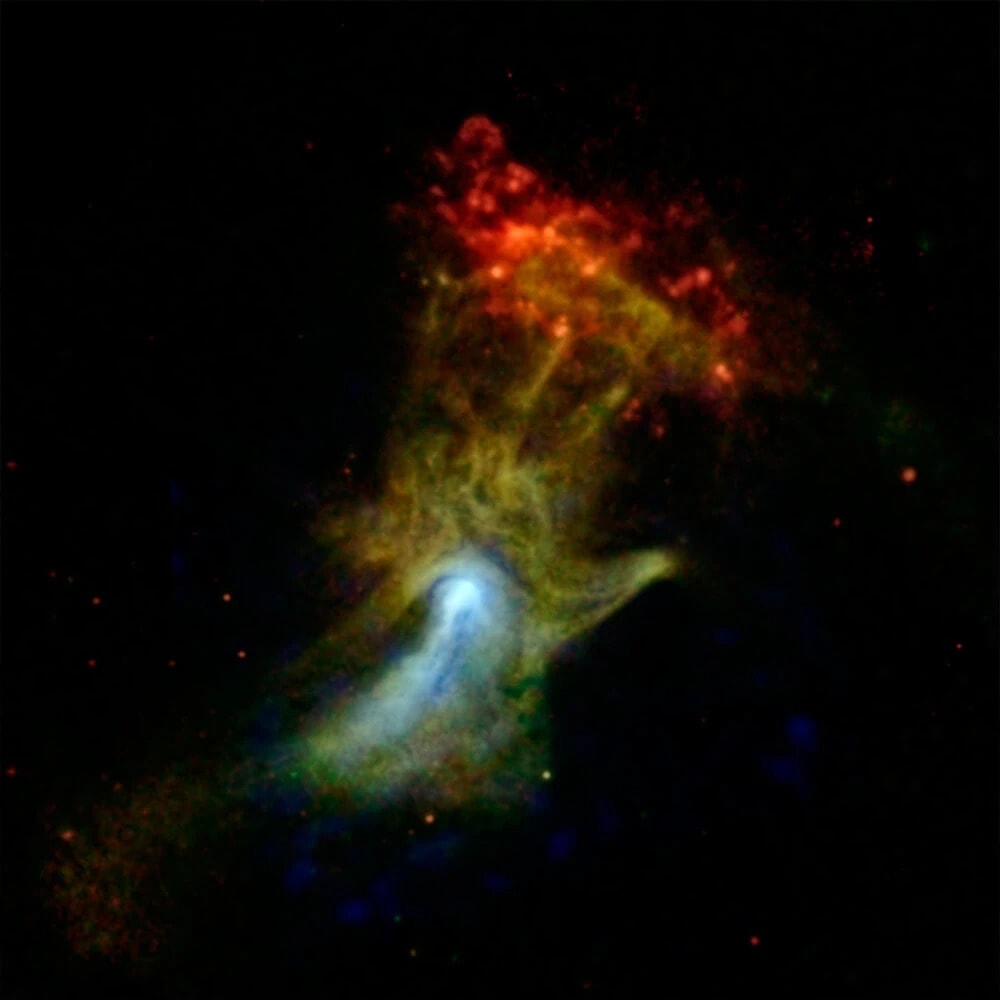
They are produced by the dense remnants of stars that explode when reaching supernova. This specific nebula just so happened to get lucky enough to form like this when one star exploded 1,700 years ago in the Circinus constellation. The nebula is located roughly 17,000 lightyears from Earth and was discovered in 1982 at NASA’s Einstein X-Ray Observatory. In the end, this is one of the freakiest things NASA discovered.
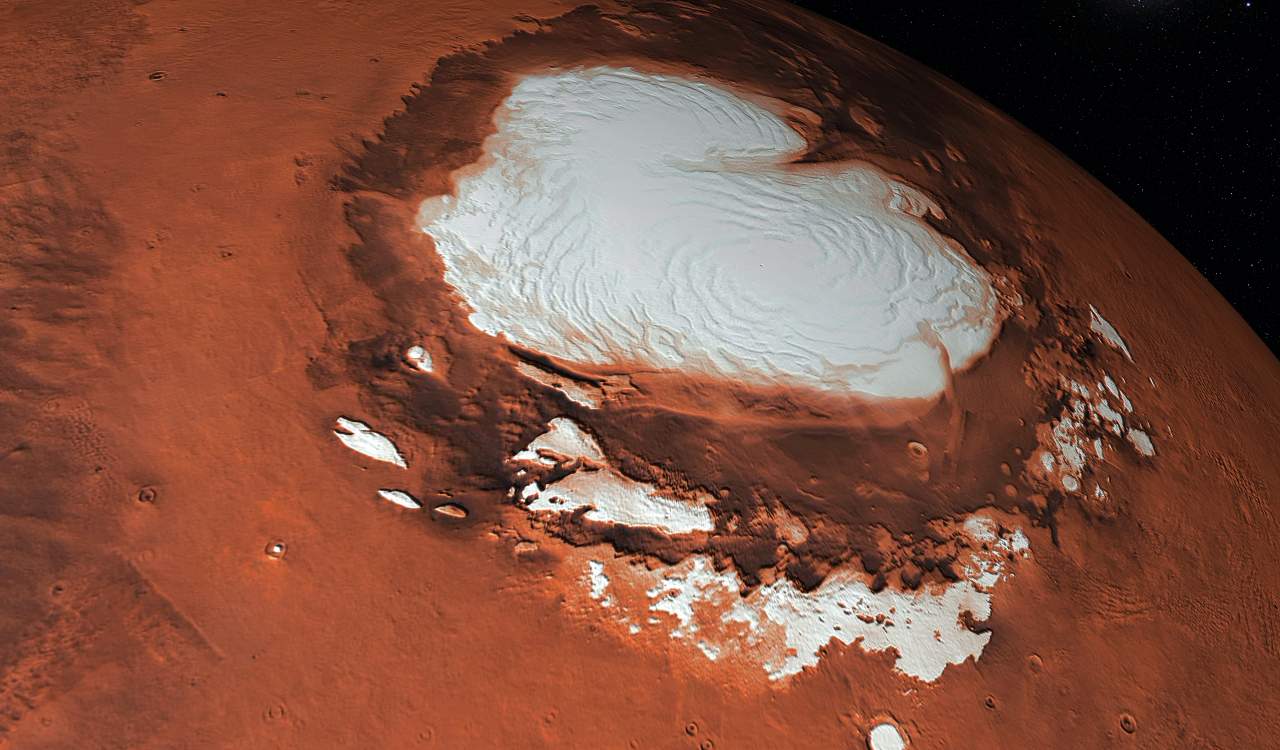
Water On Mars
- Year Discovered: 2015, 2020, and 2021
- Location: Mars
It has been stated that we know more about the surface of Mars than we do about the Earth’s oceans. This is actually true, as sad as that is to say. However, it was widely speculated that Mars once had oceans, rivers, and lakes just like Earth. While it is unknown if Mars has ever had life, the expectation is that they have. The reason for this speculation was that we know the planet once had a true atmosphere. This means that water sources were present throughout.
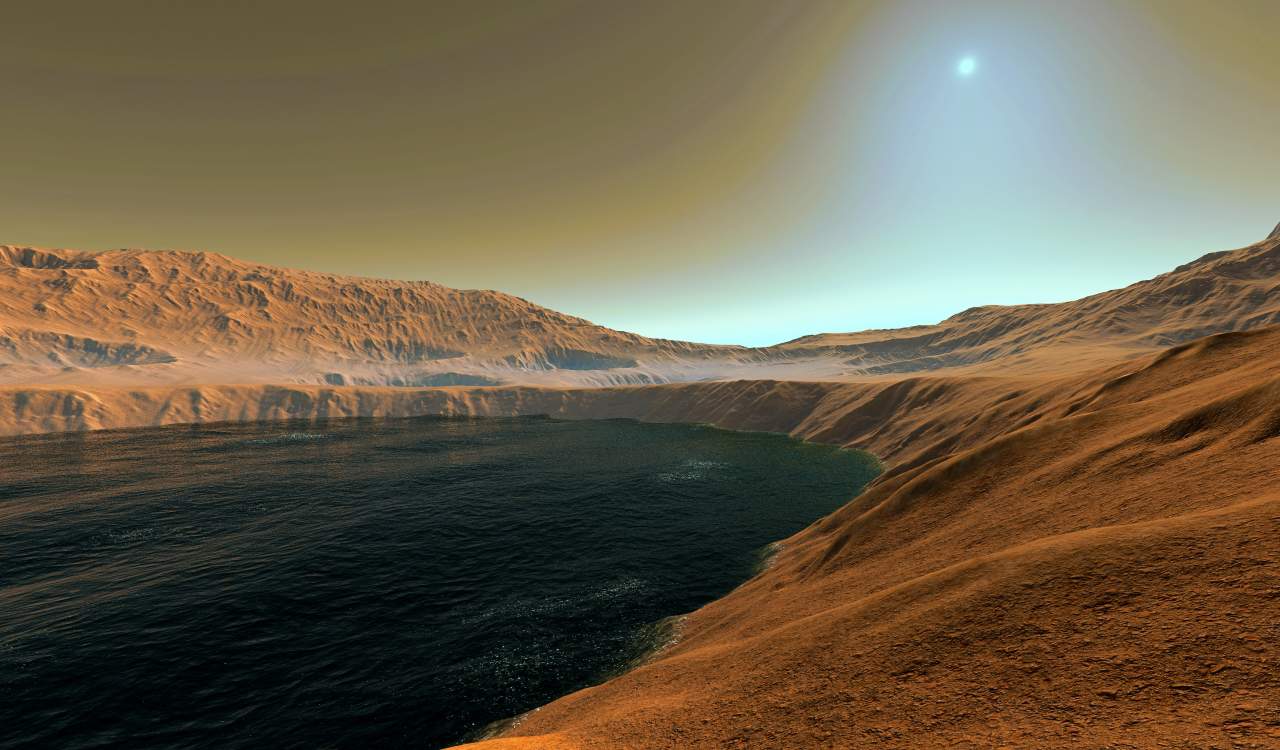
The issue is that we only knew about water in terms of ice on the planet, which can easily be seen at its poles. NASA’s Mars exploration has led to even more discoveries surrounding water on the planet. In September 2015, Mars was found to have flowing water on the planet right now. Then in September 2020, NASA found the existence of saltwater lakes under ice. Finally, in March 2021, a considerable amount of water was found to have existed on ancient Mars and has since been sequestered under rocks and crust on the planet ever since.

The Atmosphere Of Exoplanets
- Year Discovered: 2007
- Location: Pegasus and Vulpecula Constellations
NASA has discovered several exoplanets over the years, but just seeing planets near their star that “appear” to be livable proves nothing. We needed to know whether or not life, especially humanoid life, could live there. This was finally achieved when NASA checked into the atmosphere of HD 209458b and HD 189733b. Both are known as “hot Jupiters,” and made of gas just like the large planet we know and love.
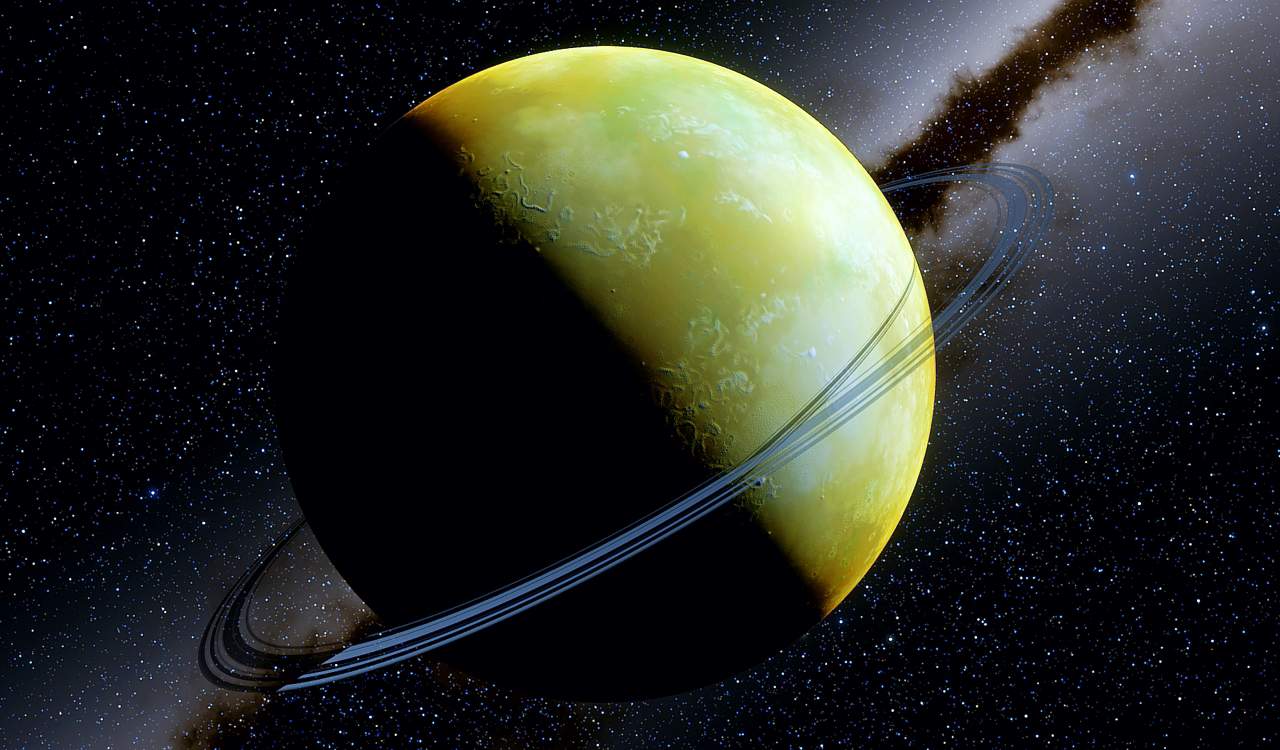
They orbit closer to their star than gas planets in our solar system, as the ones in ours are very far away from our Sun. That is what led to the “hot Jupiter” concept. NASA used something known as “spectroscopy” to study the atmospheres of these planets. This technique identifies chemical molecules on the planet, allowing us to know exactly what is on it and how the specific atmosphere operates.
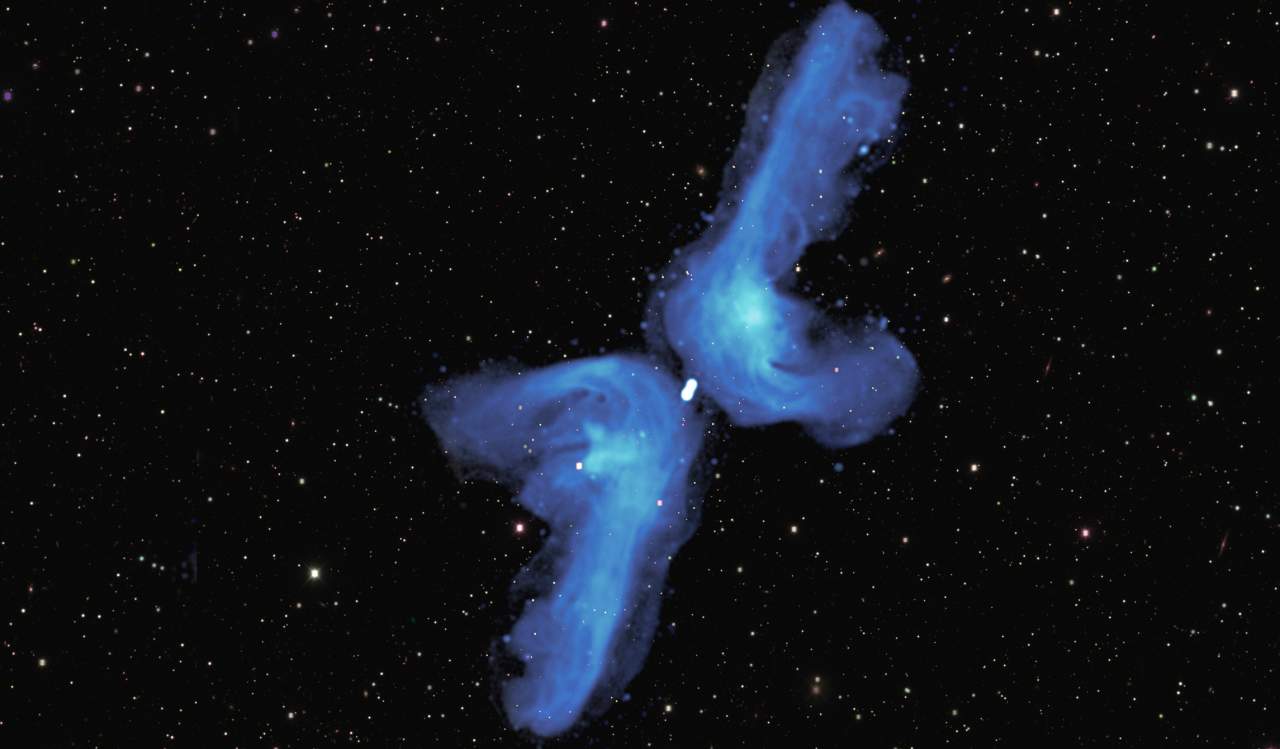
Galaxy X
- Year Discovered: 2009
- Location: 90 Parsecs From Our Sun
In 2009, the Milky Way had been experiencing odd ripples that sort of stumped astronomers. Something was disrupting the galaxy, but what was it? By 2015, they finally had their answer. This was all being caused by a dwarf galaxy, now affectionately referred to simply as “Galaxy X.” The galaxy had been orbiting the Milky Way, which caused it to alter the motion of our galaxy using its own gravitational pull. Of course, it was not a large enough force to do too much to us.
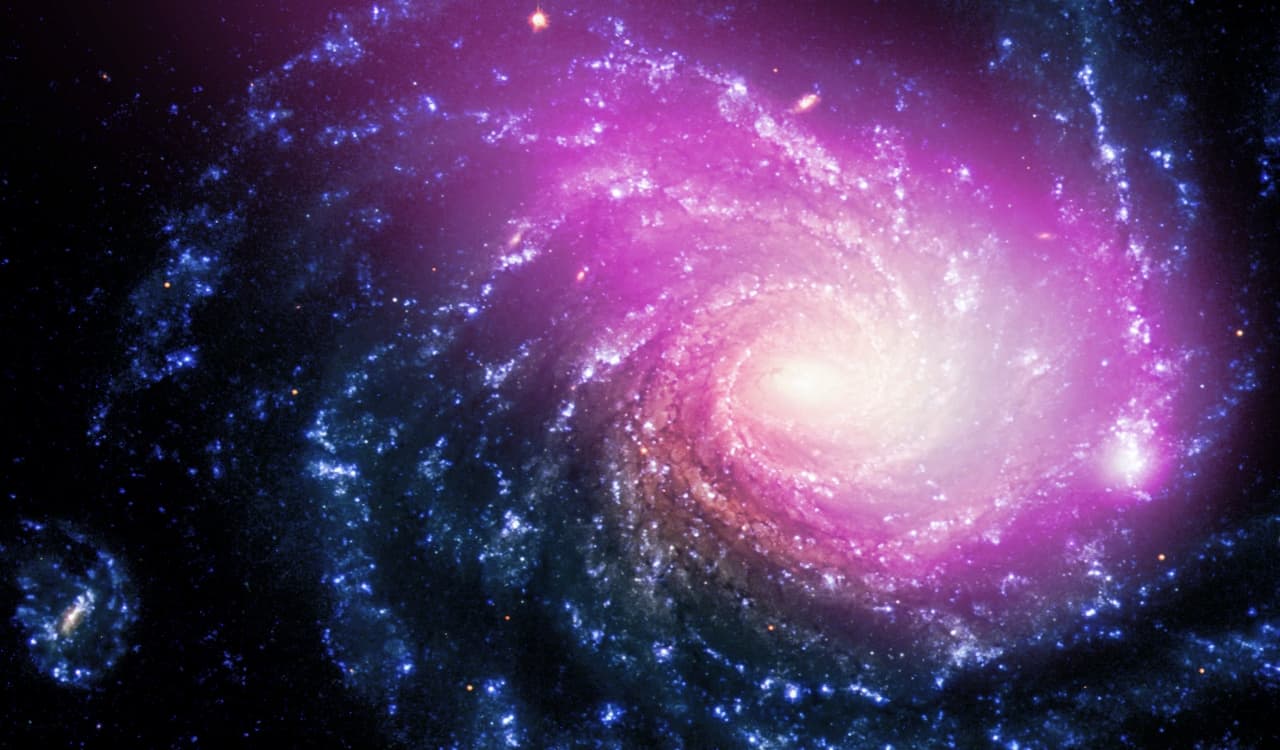
It was relatively dark, but 4 bright stars within Galaxy X allowed us to see it. NASA scientists speculated that dark matter is the reason why Galaxy X went unseen for so long. Dwarf galaxies were relatively unique in 2015, but right after this, we began seeing more of them. In 2016, NASA discovered Dragonfly 44, made up of 99.99% dark matter. More of these galaxies have been seen since. In our book, Galaxy X and others are among the freakiest things NASA discovered.
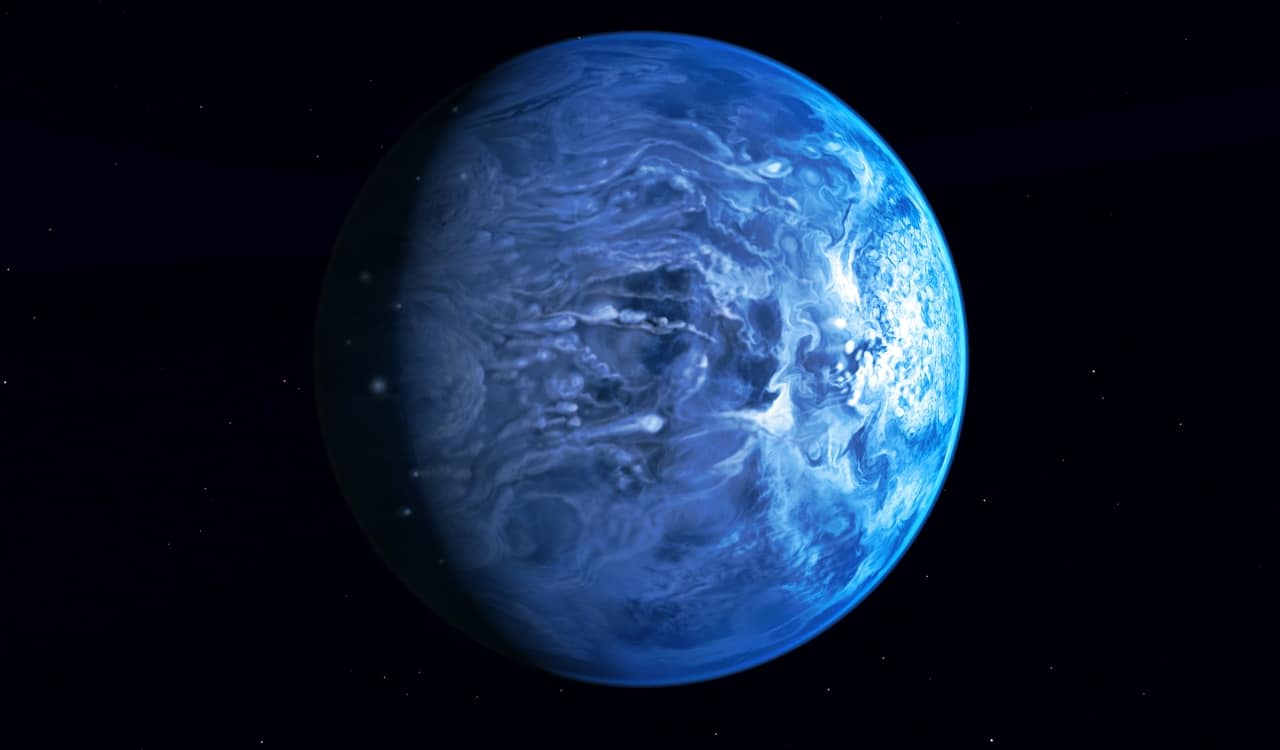
Planet Of Razor Sharp Rain and Wind That Breaks The Sound Barrier
- Year Discovered: 2013
- Location: Vulpecula Constellation
The exoplanet known as HD 189733b is a very compelling planet. What NASA discovered about it might shock you, as it would quite literally have one of the worst environments in the universe. The wind here could likely kill any being that ever lived on Earth. It can reach a speed of up to 5,400 mph on the regular. Just to understand how intense that is, the speed of sound is exactly 761.2 mph. That means the wind here reaches seven times the speed of sound.
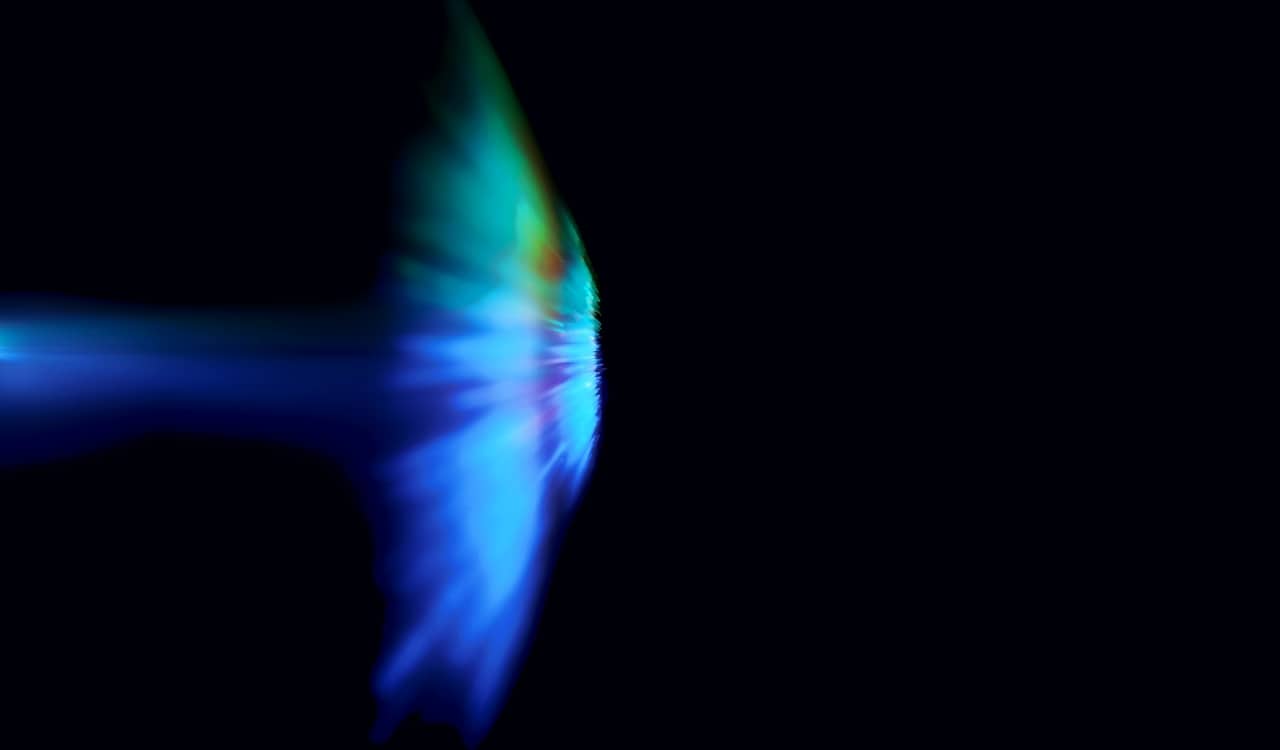
This would likely deafen any human. Yet this planet does not just have harsh wind. It also rains on the planet, which is unlike the rain on Earth. It comes down in liquid form but freezes up. By the time it makes it to the planet’s surface, it will be as sharp as glass. Combined with the speed of the wind, this rain often moves sideways. This type of rain/wind combo would allow the rain to pierce right through our bodies. All of this makes the planet one of the freakiest things NASA discovered.
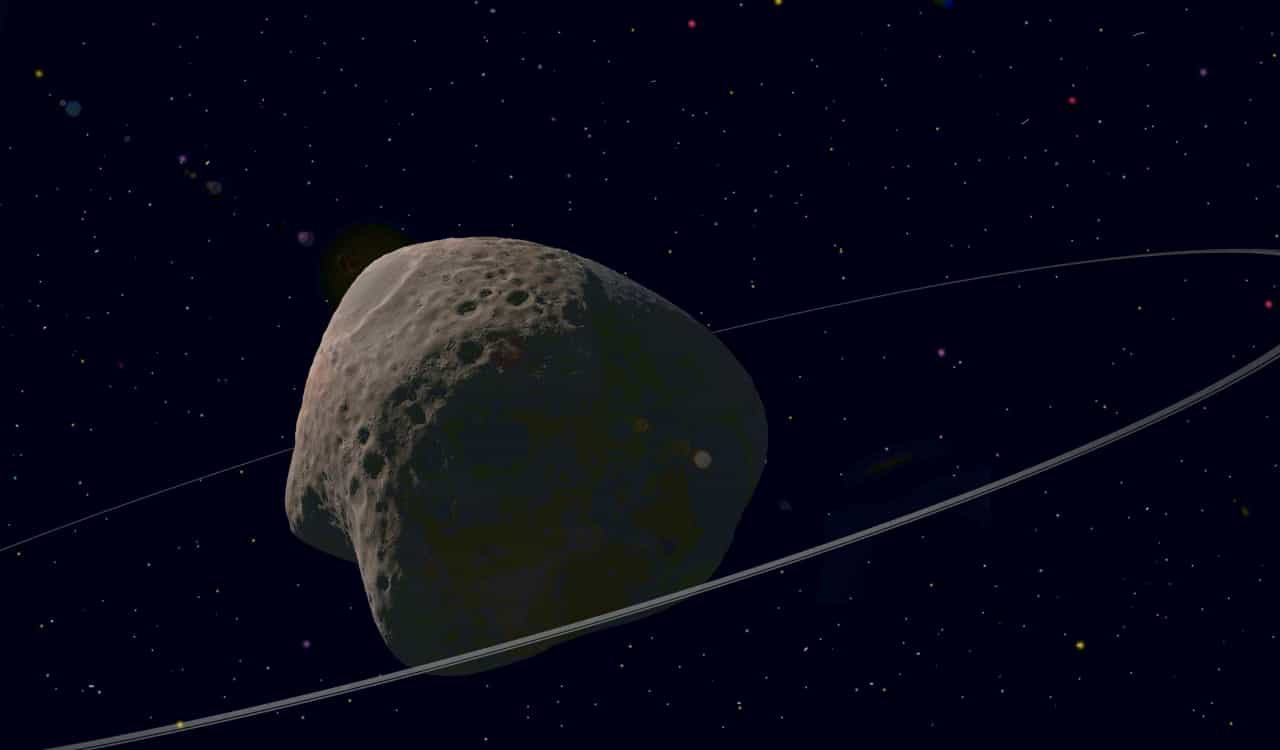
An Asteroid With Rings?
- Year Discovered: 2014
- Location: Orbit Between Saturn and Uranus
It’s really awesome to see the rings around the big gas planets in our solar system. The rings are made up of debris that has been captured by the planet’s gravitational pull. While it is actually pretty common to see rings around planets, it’s very odd to see them around an asteroid. Yet that is exactly what NASA found when they looked more into Chariklo. This asteroid is quite large, at roughly 250 kilometers (155 miles) across. When it was first discovered, a dip in light occurred, which was odd.

Astronomers began to study Chariklo more to see what caused this, and that was when they found two cosmic rings. The largest one is roughly 7 kilometers wide. On top of this, tiny satellite debris is around it too, a lot like moons. If that was not enough, this asteroid also has frozen water on it. The water was the least shocking thing to see, considering that is relatively common. But rings? No asteroid has that, making it one of the freakiest things NASA discovered in recent memory.
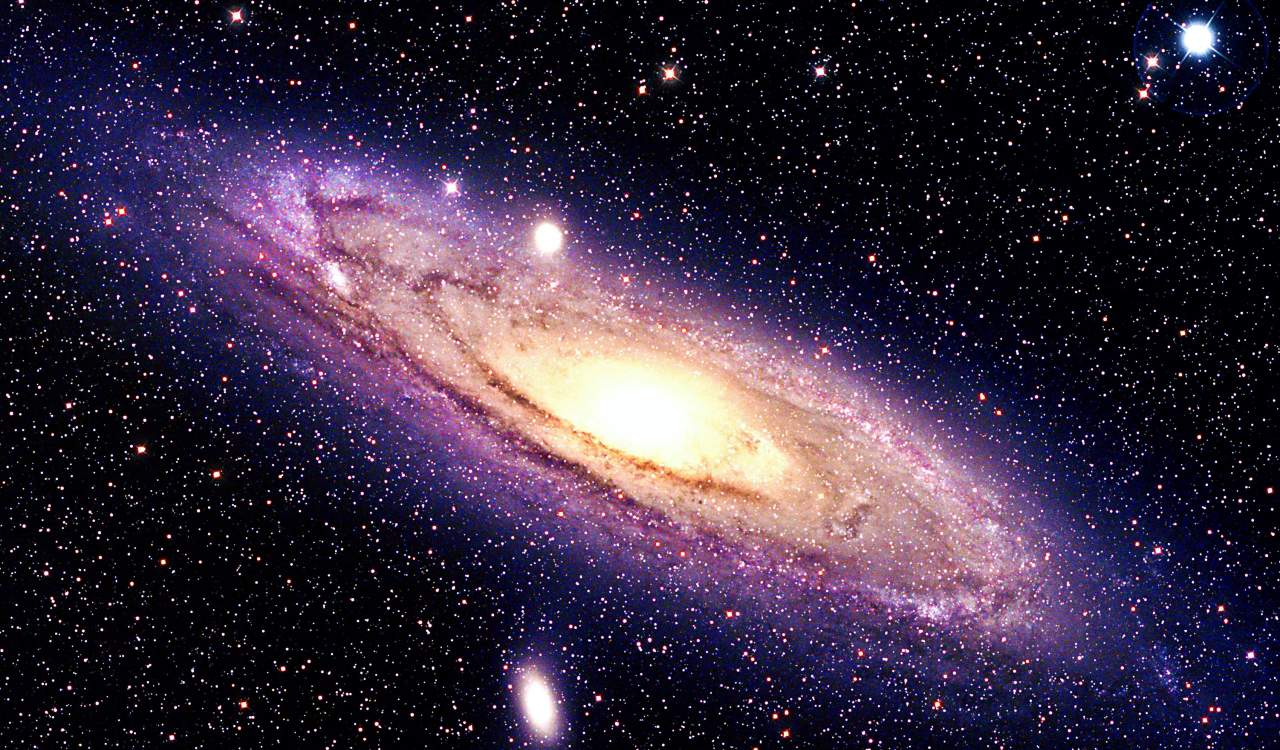
Literal Shooting Stars
- Year Discovered: 2005
- Location: Can Happen Anywhere
Whenever someone says they spotted a shooting star, this is actually a lie. They did not see a star shoot across the sky. This is usually a meteor burning up the moment it entered Earth’s atmosphere. While some might exclaim that it is horrible that meteors enter our atmosphere so often, this is not that big of a deal. Most do end up burning up like this. You might be shocked, then, to find out shooting stars are actually real.
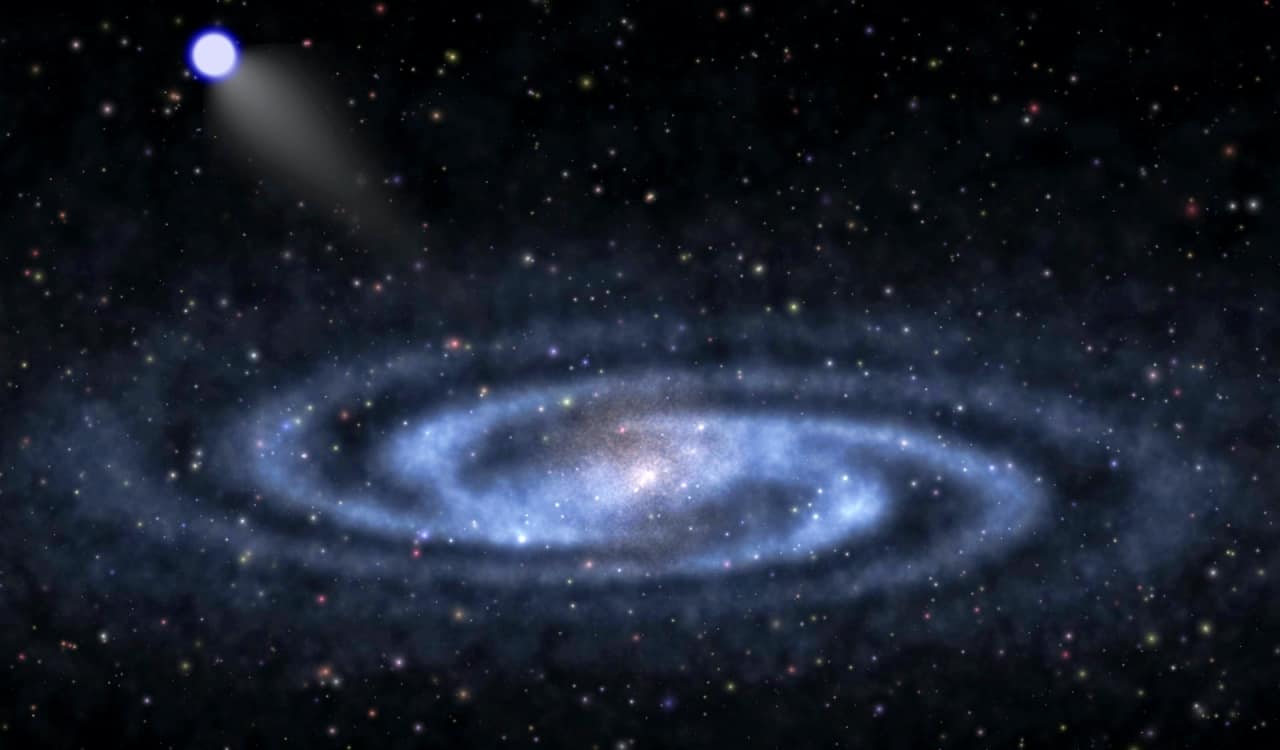
In 2005, NASA along with a few other teams discovered the existence of “hypervelocity stars.” They form when a binary star system (a system with two stars), gets destroyed via a supermassive black hole. What happens is that one of the stars ends up being absorbed by the black hole, but the extreme gravity causes the other star to fly off. That star will literally shoot off millions of miles per hour and could randomly end up hundreds to thousands of lightyears from its original home.
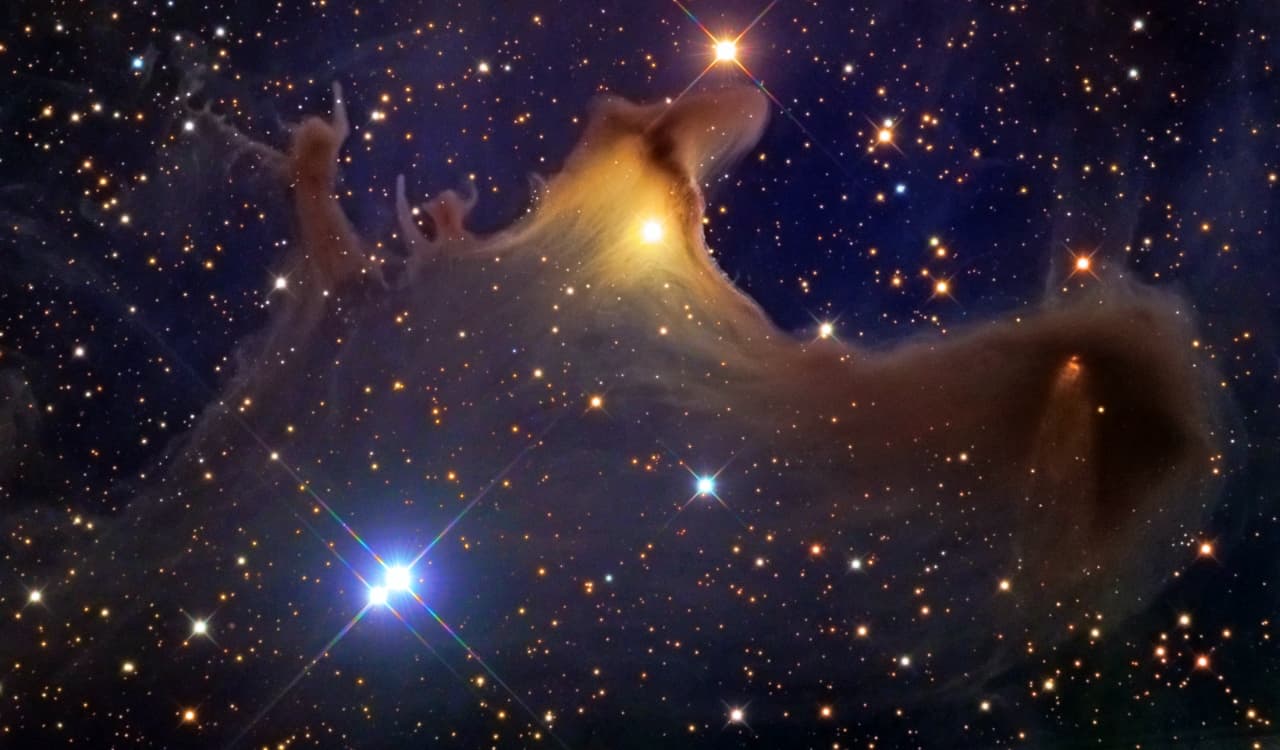
The Ghost Nebula
- Year Discovered: 2011
- Location: Cepheus Constellation
Seated inside the Cepheus constellation, you’ll find SH2-136. If you look at the image of this nebula, you’ll be amazed by the beauty. But you’ll also easily see why it gets the “Ghost Nebula” name. It appears exactly like a ghost, making it one of the freakiest things NASA discovered. It is over 2 lightyears across, with numerous stars inside it. The stars shine beautifully, allowing this nebula to get a brownish and partially goldish coloring.
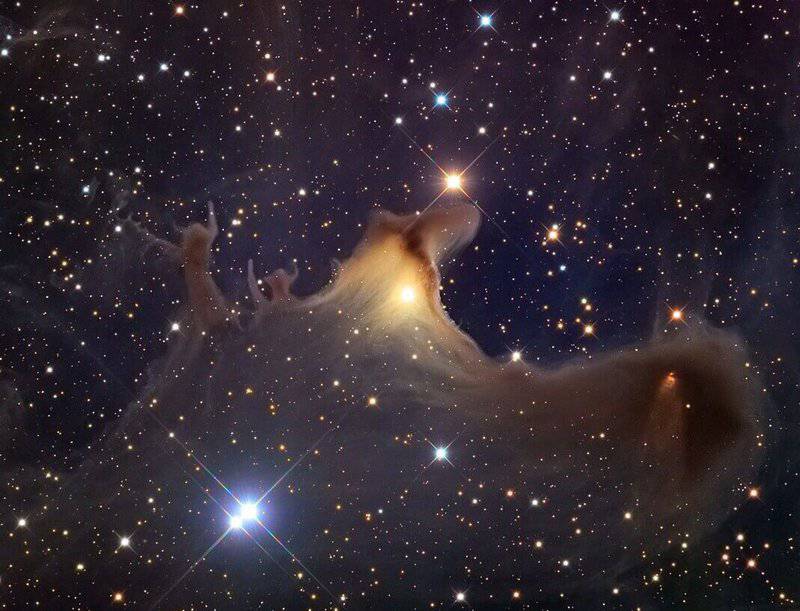
It is also referred to as a “reflection nebula.” This is a type of nebula that reflects the light of nearby stars. The energy from those stars is not high enough to ionize the gas to create a normal emission nebula. Yet it is enough to still make dust in the nebula visible. The frequency spectrum is then affected by its stars, which is why SH2-136 appears as it does. This nebula’s stars are literally what gives it color. As they die off, the nebula will eventually darken completely.
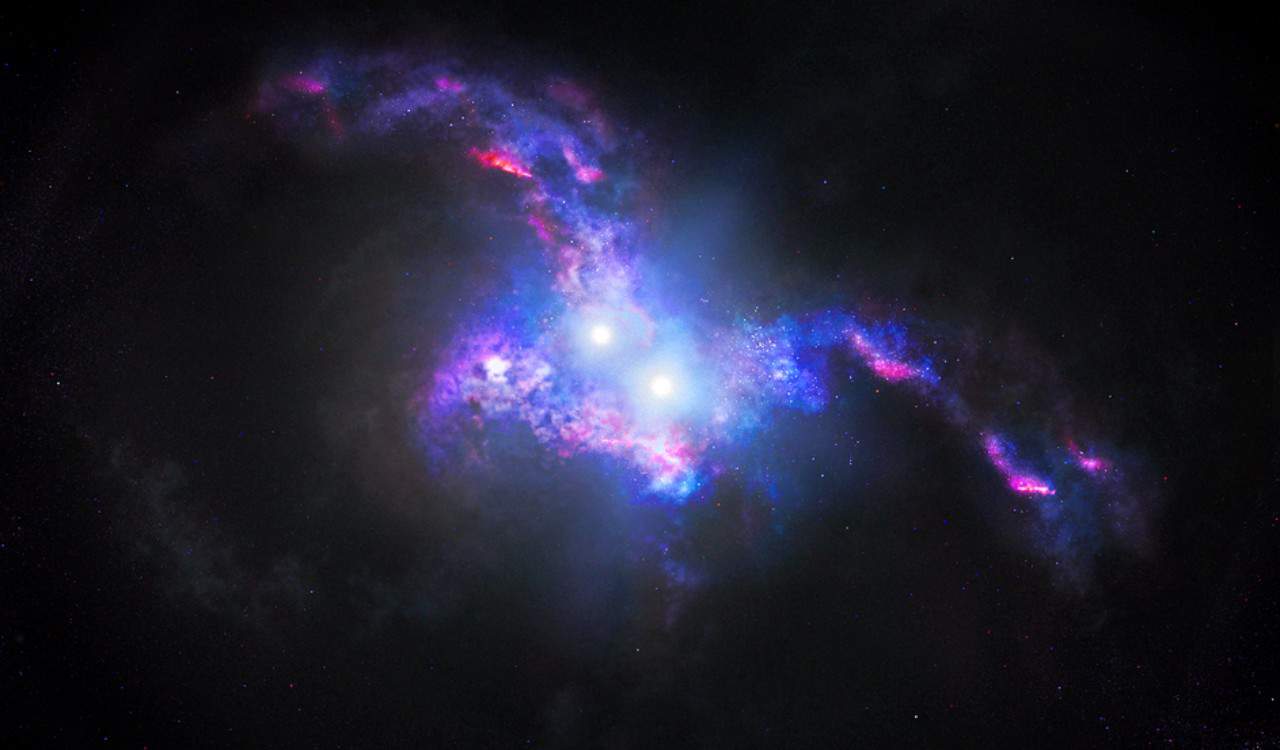
Double-Quasar Phenomena
- Year Discovered: 1979
- Location: Ursa Major Constellation
For those unaware, a quasar is a highly active galactic nucleus. Within it, a supermassive black hole, millions to billions of times the mass of the sun, is surrounded by a gaseous accretion disk. Once this disk falls, energy is then released as electromagnetic radiation. The radiation is quite powerful with just one, but two? The Hubble Space Telescope observed a double-quasar phenomenon in 1979, which appears to have been in place from the early universe.
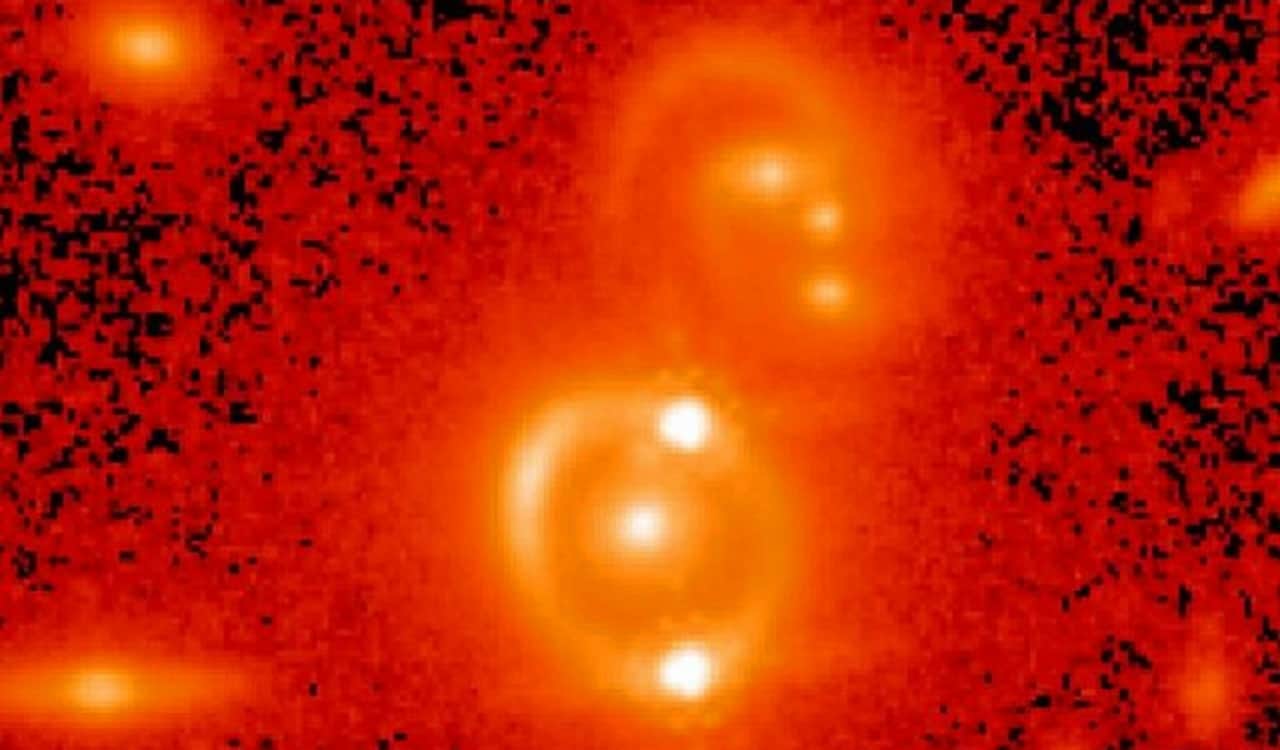
In fact, it was this discovery that aided in helping us find out that the universe was expanding faster than we knew. This alone is one of the freakiest things NASA discovered, but the double-quasar situation itself is crazy. We know these only really exist when galaxies are merging. In this situation, NASA assumed they were one quasar initially. It was the very first gravitationally lensed object humans discovered too. What a way to blow the world’s mind all at one time.

Buckyballs In Space
- Year Discovered: 2010
- Location: Tc 1 Nebula
Most people do not know what buckyballs are, and who could blame them? It’s rarely something one needs to know. For those unaware, they are spherical carbon molecules that have a hexagon-pentagon pattern. You’ll likely be familiar with this look if you’re a soccer fan, as it looks a lot like that. Buckyballs get their name from Buckminster Fuller, who created geodesic domes that these molecules look like. They are involved in things like energy storage, medication, and even engineering.

The Spitzer Space Telescope was the first to identify them in space. They were discovered around a dying star in the Tc 1 nebula. The star at the very center of this nebula appeared a lot like our own Sun, but it had aged quite a lot. Its outer layers popped off, leaving only a white dwarf star. This is why astronomers now believe that carbon from the layers that flew off the star is how these buckyballs were created. Truly, this is one of the freakiest things NASA discovered in our lifetime.
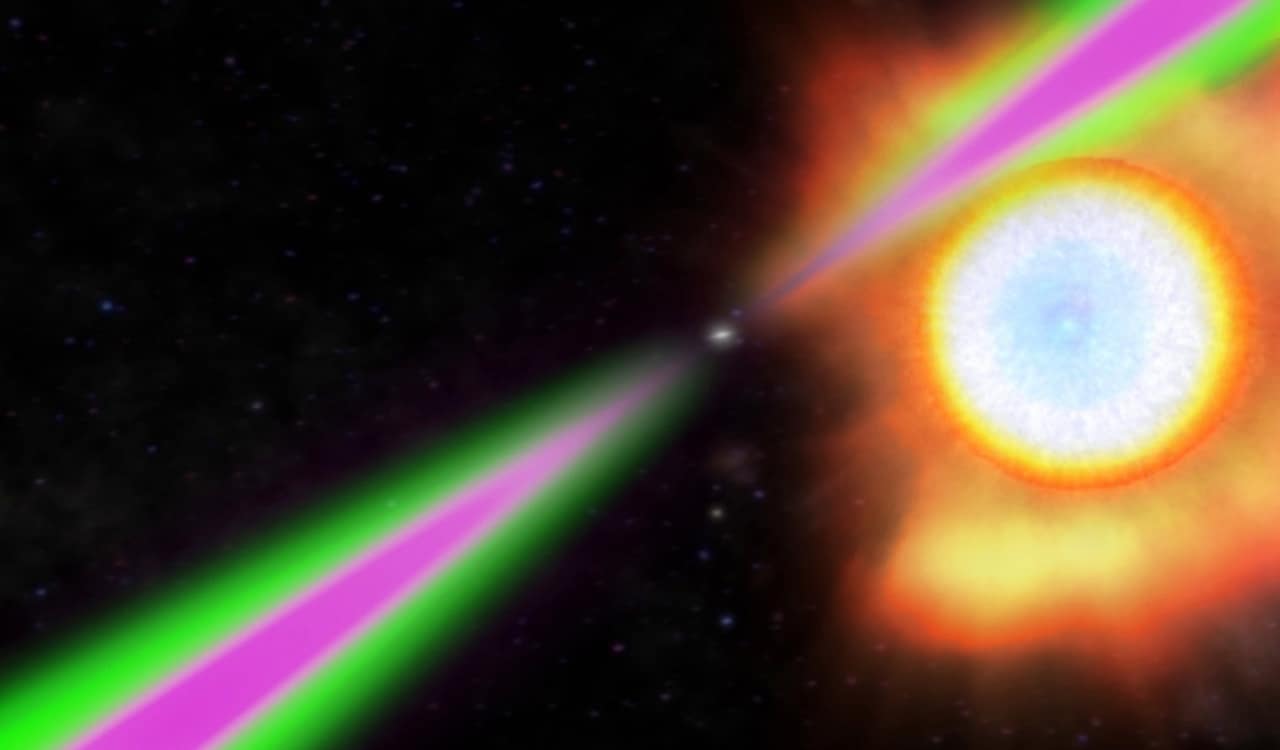
The Black Widow Pulsars
- Year Discovered: 1988
- Location: Sagitta Constellation (where the first black widow pulsar was discovered)
First discovered in 1988, the PSR B1957+20 pulsar was the very first black widow pulsar ever discovered. The reason for the name is due to the fact that it destroys nearby companions using strong winds of high-energy particles. Those particles usually come from neutron stars, which is where the black widow name comes from. The initial discovery found the PSR B1957+20 pulsar in our Milky Way galaxy. It orbits with a brown dwarf companion.
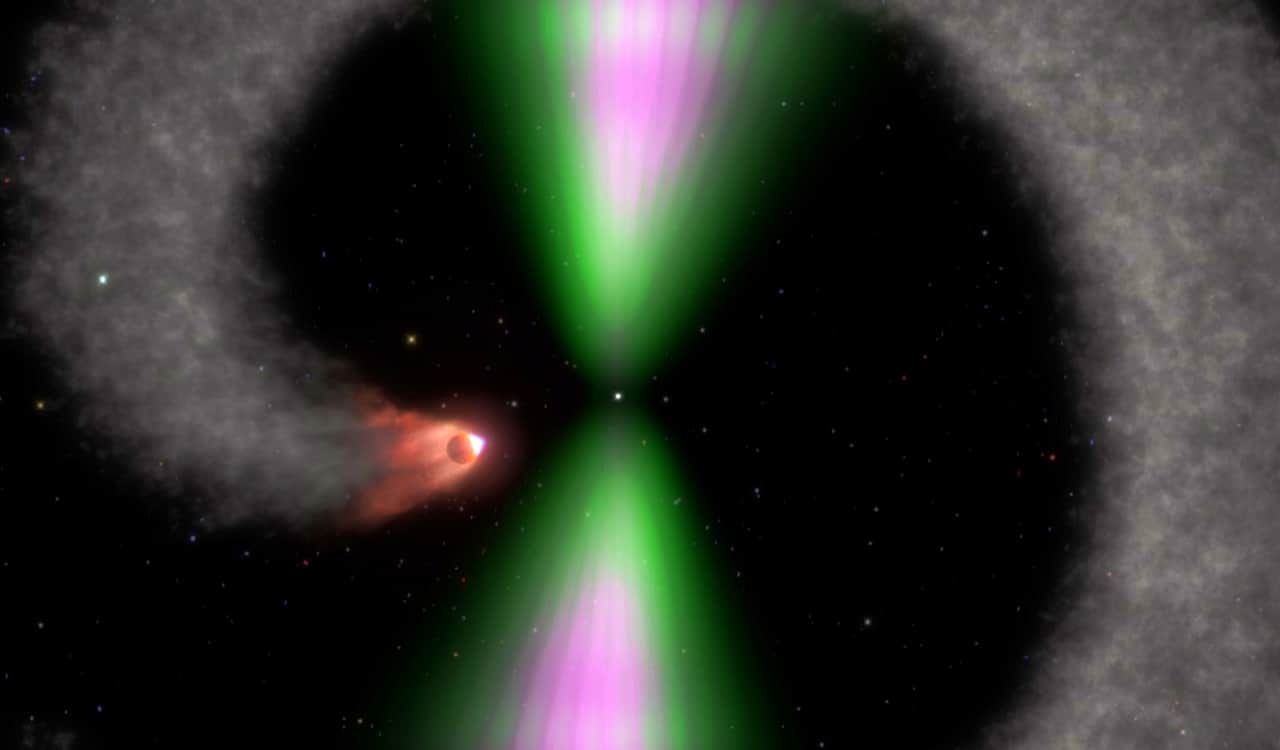
It rotates alongside the dwarf, causing an eclipse to occur that lasts roughly 20 minutes in length. Basically, this pulsar is blasting its companion with radiation. That only causes the companion to spin slower, effectively taking away energy that normally develops. That energy lost by the companion allows the pulsar to essentially blast the companion more, with even enough energy to evaporate its companion. While this does not always happen, it did occur with Pulsar J1311-3430.
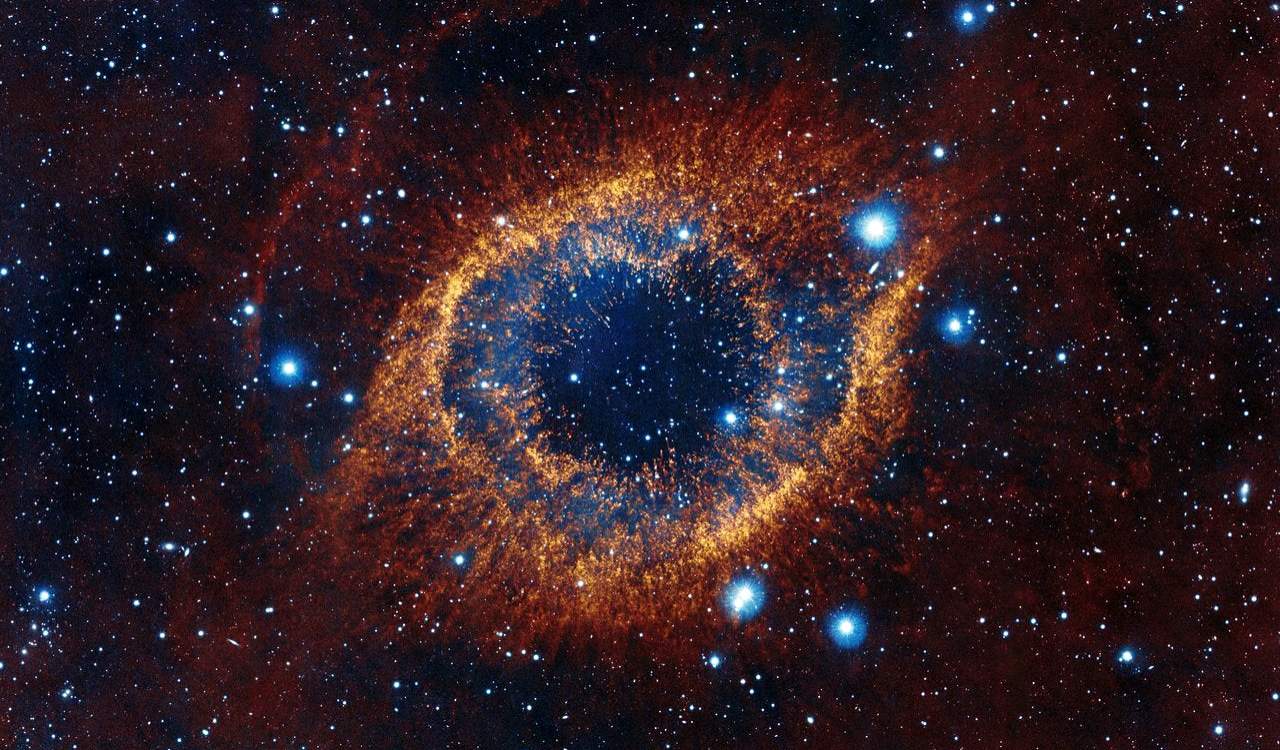 The eye of Sauron Nebula. Photo Credit: FDRAGON/Shutterstock
The eye of Sauron Nebula. Photo Credit: FDRAGON/Shutterstock
The Eye Of Sauron
- Year Discovered: 2011
- Location: Sagittarius Constellation
If you ever venture over to the Sagittarius constellation with your telescope, it is possible you might be able to come across a few cool-looking nebulae there. Potentially the one that everybody wants to find is the “Eye of Sauron” nebula. While it was given the same of Fomalhaut years ago, most do not call it that. The reason is obvious. There is a freakin eye staring right at you! Of course, the eye sort of favors that of the Sauron character’s eye.
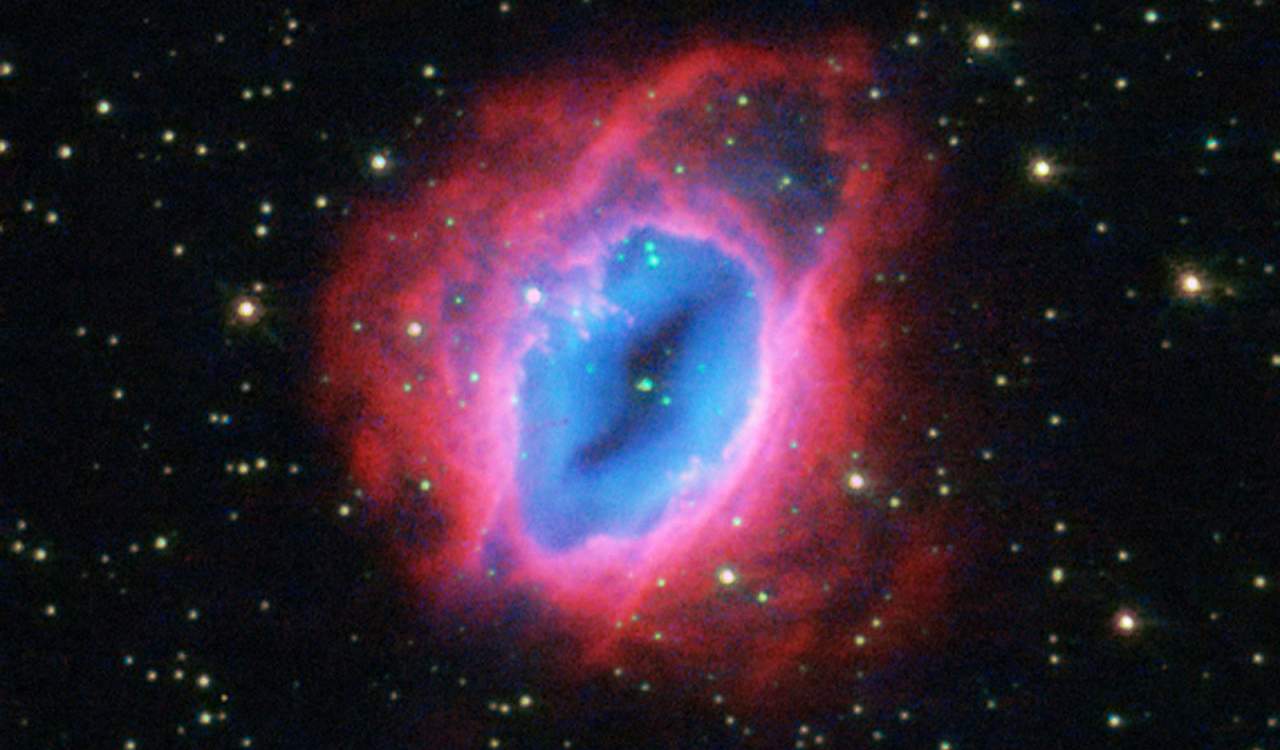
The character comes from Lord of the Rings, written by J. R. R. Tolkien. When he wrote about the eye of the character, he claimed it was “rimmed with fire, watchful and intent, and the black slit of its pupil opened up on a pit, a window into nothing.” If that does not describe this nebula, we do not know what will. Sure, having the appearance of an eye alone is weird. But to resemble the Eye of Sauron? This is clearly one of the freakiest things NASA discovered!
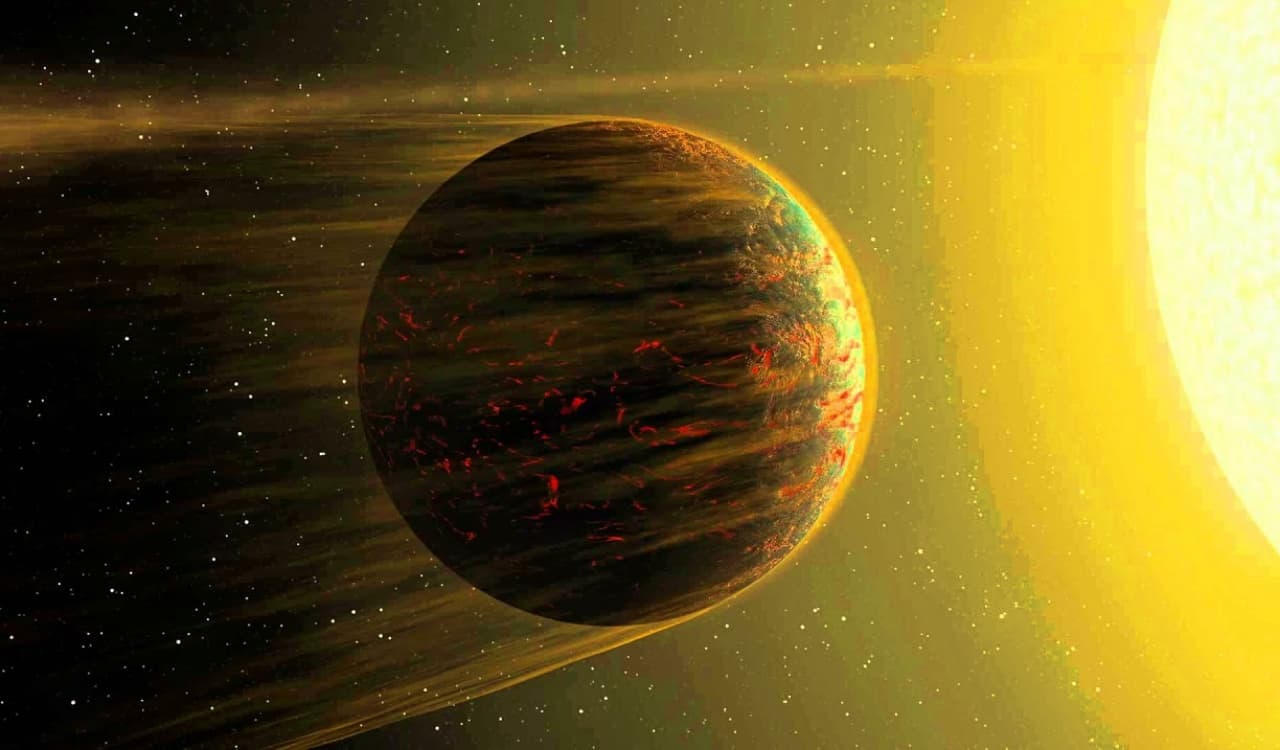
A Planet Made Of Diamond?
- Year Discovered: 2004
- Location: 55 Cancri A System, Cancer Constellation
A planet made of diamond? That is just science fiction, right? Not exactly. Known as 55 Cancri e, it is an exoplanet that NASA discovered in August 2004. Nicknamed Janssen, it has a huge mass, measuring at around 8.63 Earth masses. The diameter of this planet is twice that of our planet. Due to this, it was classified as a “Super-Earth” by NASA. It’s also in a good relationship with its parent star, 55 Cancri A. It takes around 18 hours to do a complete orbit.
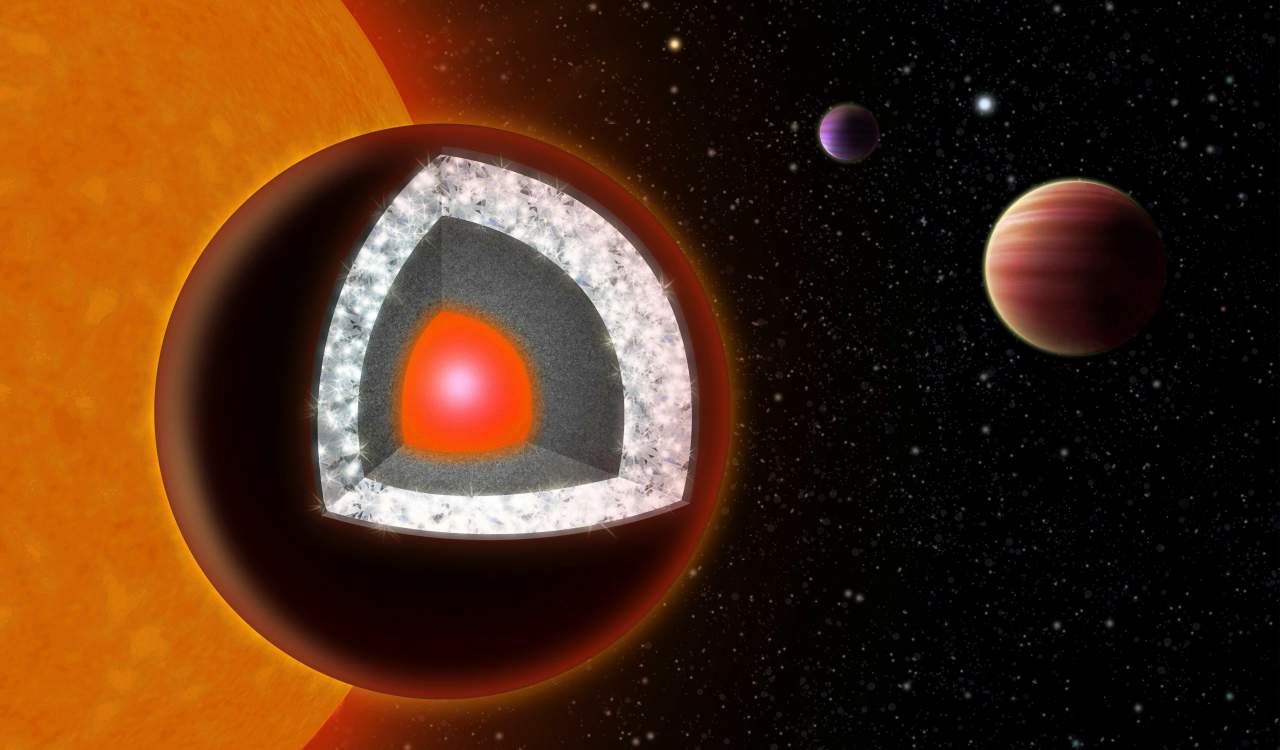
In 2012, NASA found that this could be a carbon planet. What that means is that the planet contains more carbon than oxygen. In February 2016, the Hubble Space Telescope detected hydrogen and helium, with possible hydrogen cyanide but no water vapor. All of this in the atmosphere. Due to all of these elements and the carbon-rich composition, the planet is essentially diamond. Thus making it one of the freakiest things NASA discovered.
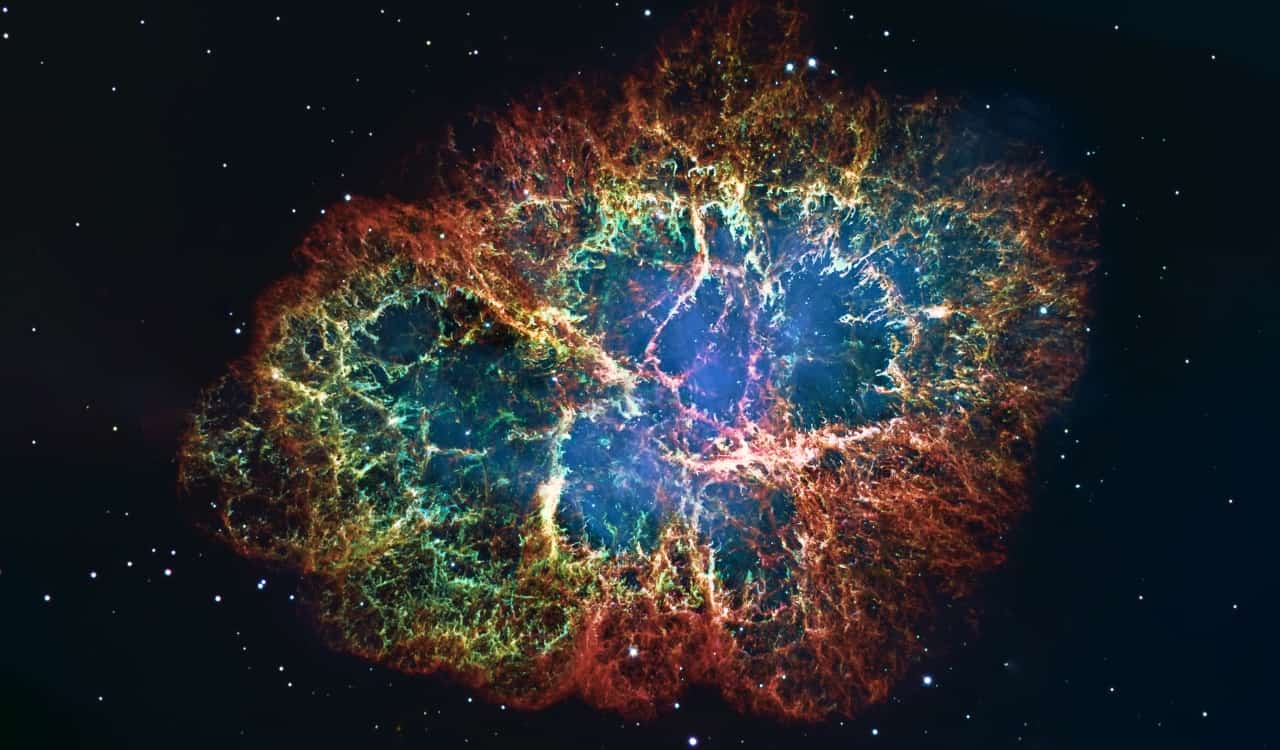
Zombie Star
- Year Discovered: 1572
- Location: Cassiopeia Constellation
When stars end up dying off, it can happen in a variety of ways. Many will go into a supernova where they explode and that stardust spreads out across the universe. Others just slowly dim until they die off while others will have energy slowly suck away from them until they just become nothing. Regardless, you expect that once a star dies off, it will remain dead and you’ll never see it again. Right? RIGHT?!? Introducing Tycho, the once white dwarf star.
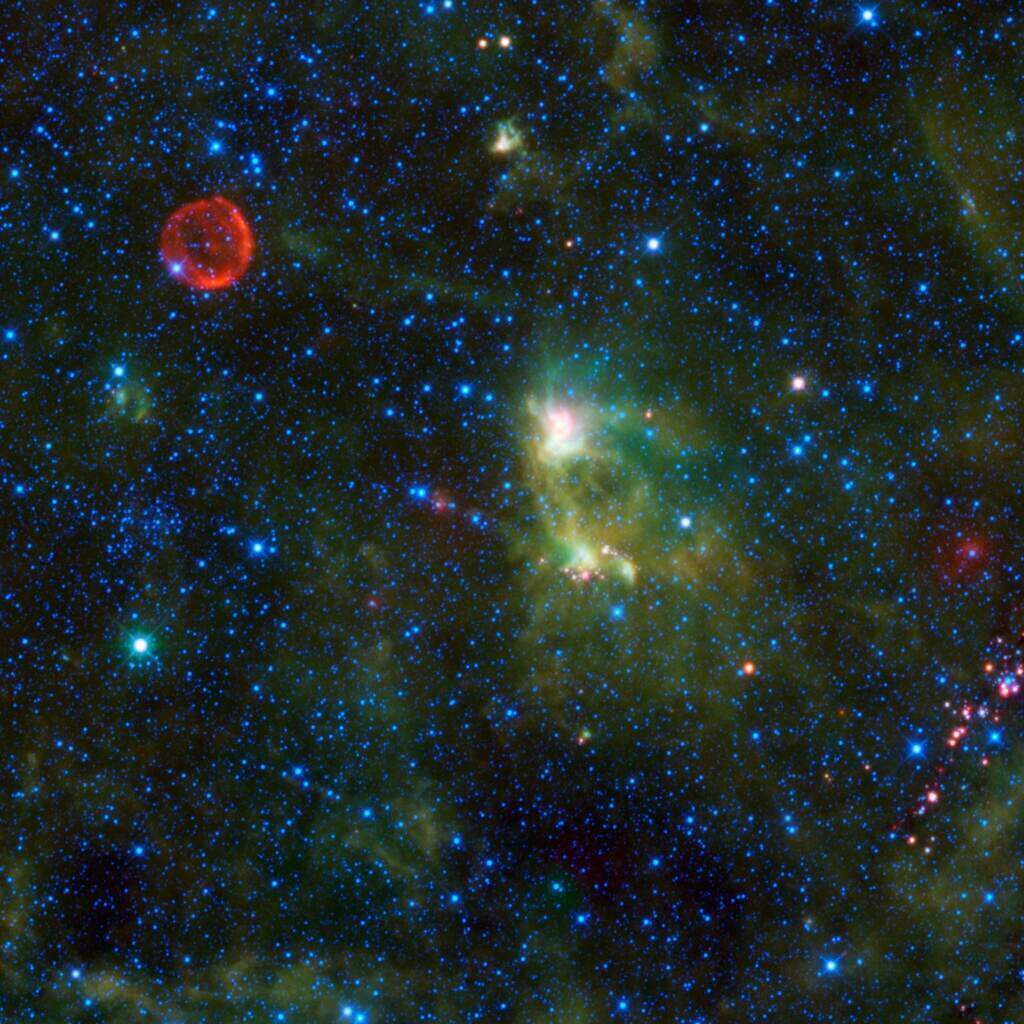
Although some assume it was remnants of an exploding supernova. Somehow, Tycho gathered up a lot of mass from another nearby star and managed to explode yet again. When this happens, astronomers call it a Type Ia supernova. Basically, Tycho had already died after it exploded. But those remnants and what not came back together to reform the star, allowing it to live again. Only to die once more. It was originally discovered in 1572, but NASA then came across it after the second supernova.
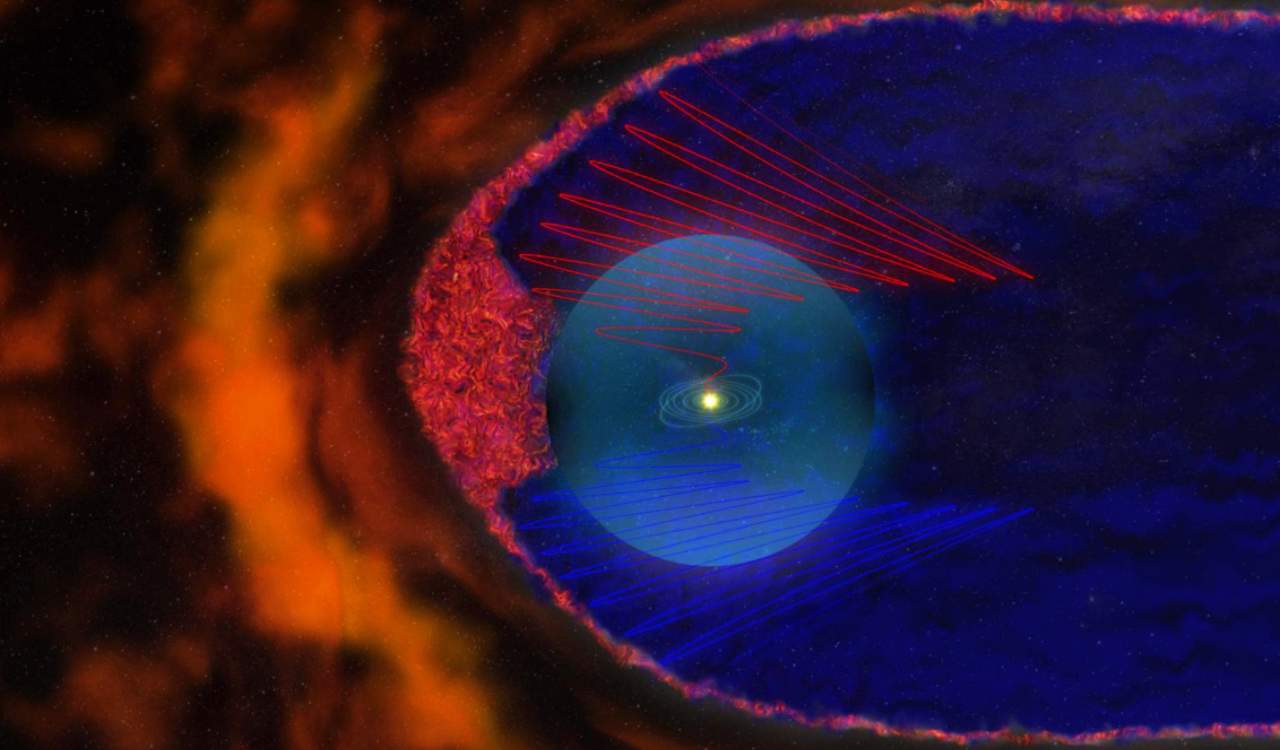
The Plasma Shield That Protects Mankind
- Year Discovered: 2018
- Location: Billions Of Miles From Our System’s Center
While this might be one of the freakiest things discovered by NASA, it is also one of the most crucial. In 2018, NASA’s twin Voyager probes began moving out of our solar system and into interstellar space. As they did this, NASA scientists were in shock about what they came across. They found what astronomers call a “Heliopause.” It was once only theoretical, but it was assumed something was present to stop solar wind before it collided with more powerful cosmic rays.
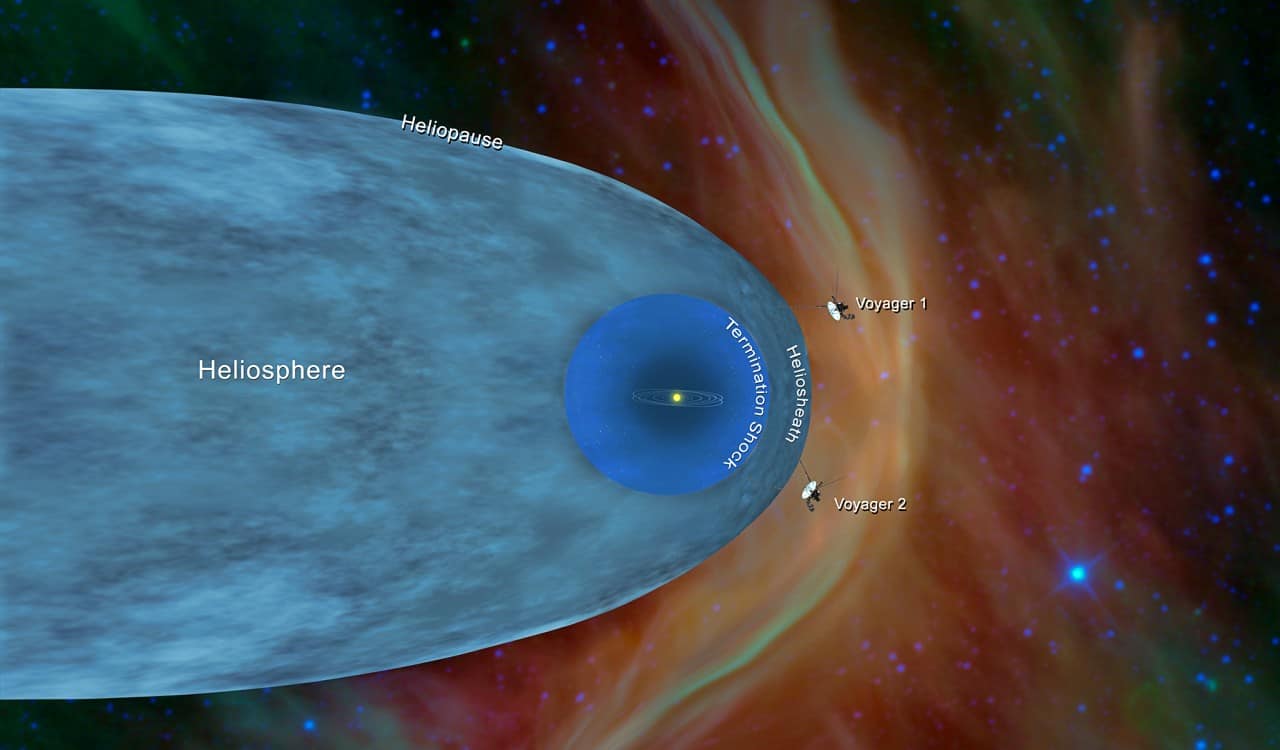
The Voyager probes originally saw the possible heliopause years prior but got to study them once they got closer. Billions of miles from our solar system’s center is a plasma shield, that deflects or dilutes the worst incoming radiation from the rest of the universe. It somehow deflects 70% of all cosmic rays before they enter our system. Some have come to call it the “shield that guards the realms of man.” The fact that something is present to stop cosmic rays from hitting us is incredible in our book.

Faraway Black Holes
- Year Discovered: 2021
- Location: Eridanus Constellation
We’ve known about the existence of black holes for a long time now. Yet the Spitzer telescope captured two of the most distant supermassive black holes that had ever been discovered. This helped to provide a small look at the history of how galaxies formed over millions of years. We know by now that these galactic black holes are usually surrounded by dust and gas that are responsible for feeding them and sustaining their needs.
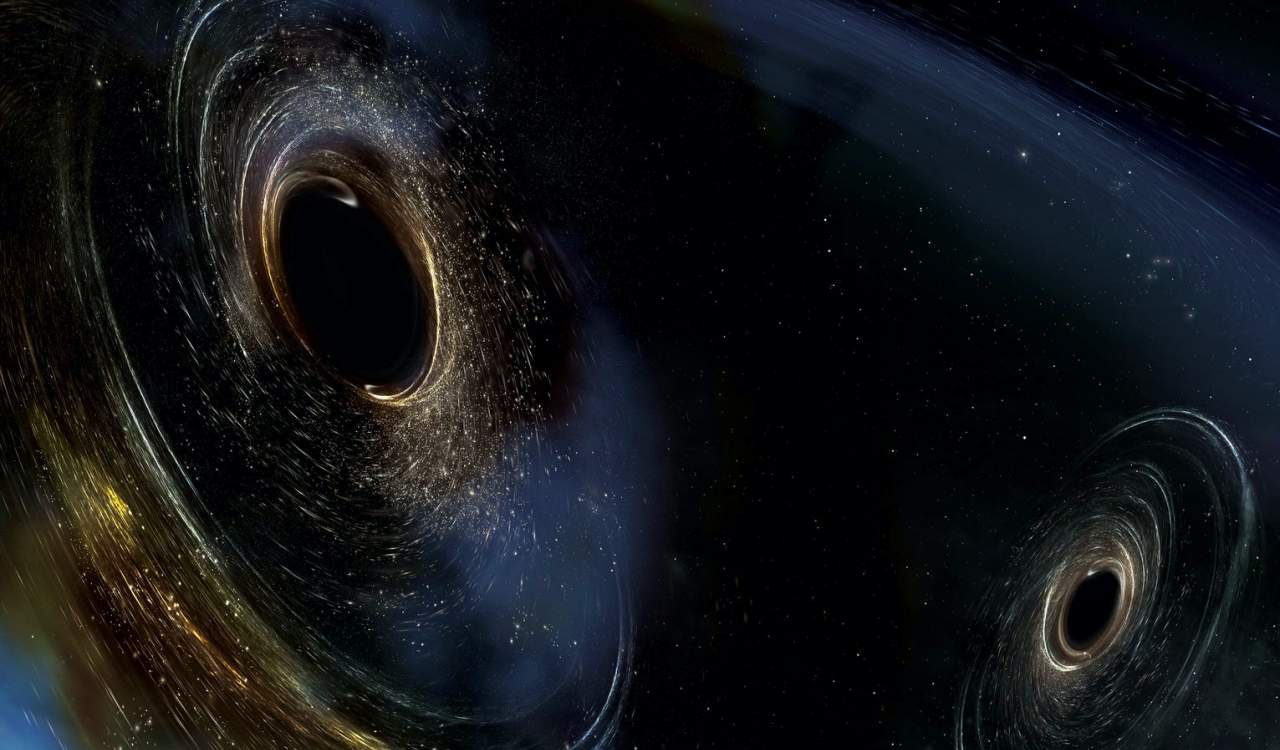
Quasars form around them via other holes or disks. Spitzer managed to see these black holes because they happened to just catch the light from quasars by these old black holes. Apparently, the light from them traveled for 13 billion years to reach Earth. This was key, as it proved to us that they formed less than 1 billion years after the believed birth period of the universe itself. Capturing black holes 13 billion lightyears from us is clearly one of the freakiest things NASA discovered.
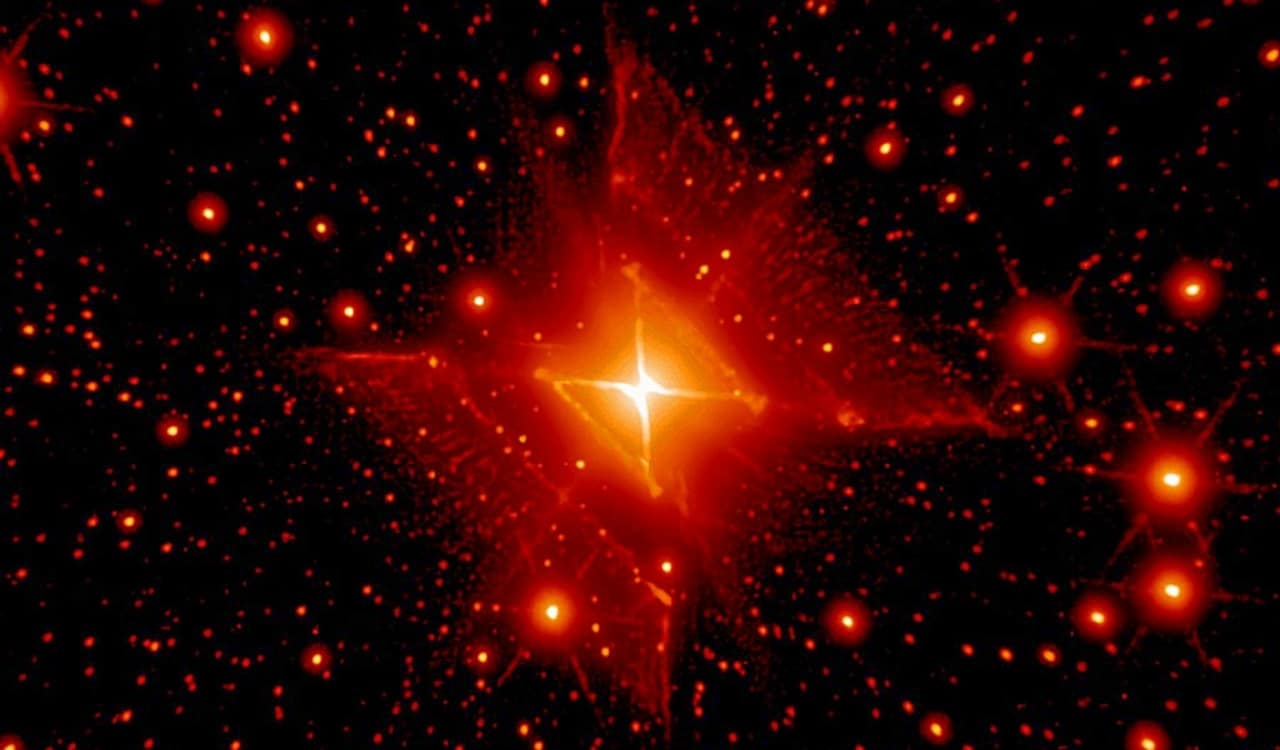
Red Rectangle Nebula
- Year Discovered: 1973
- Location: Monoceros Constellation
The Red Rectangle Nebula is one of the most interesting things you’ll ever see. The nebula gets its name honestly, as it appears to be one giant red rectangle. It is located a massive 2,300 lightyears from Earth. The reason it appears as it does has to do with two stars that sit at the heart of the nebula. Dust rings then surround these stars, creating cones of brightness. All of that adds up to work similar to how light operates on Earth.
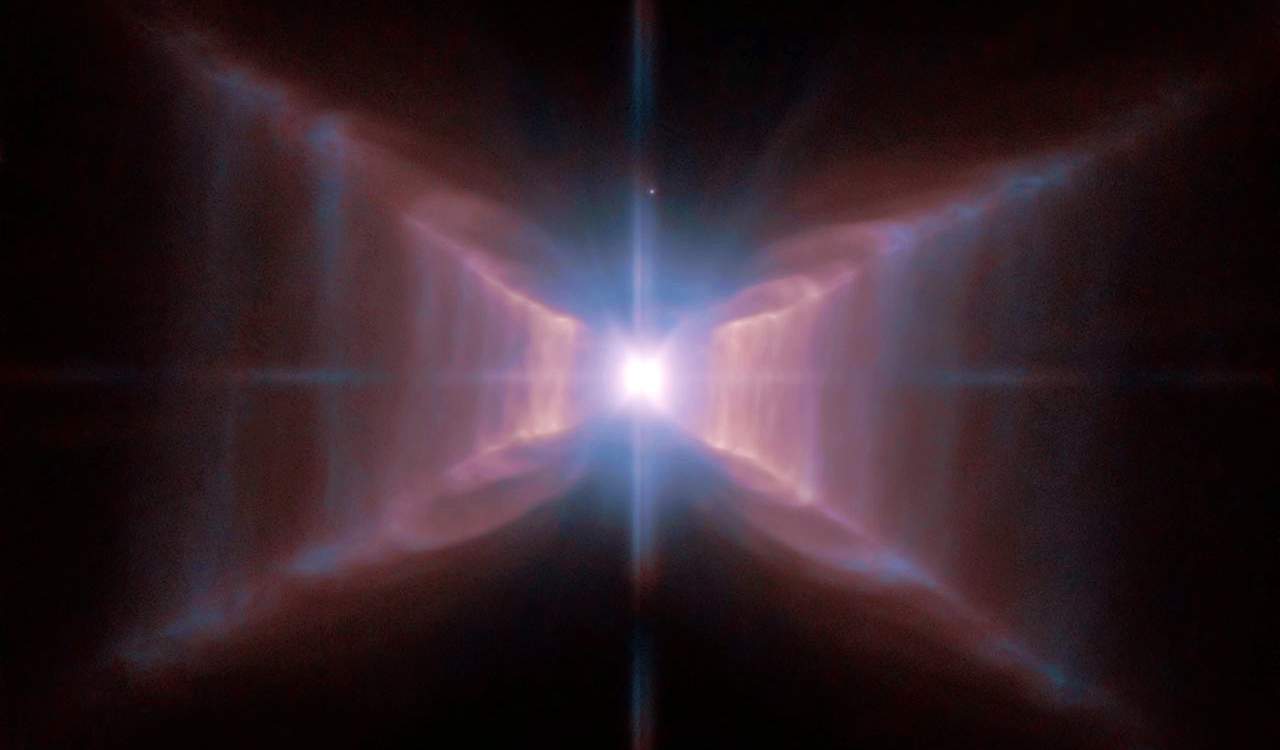
Get some glass and put it up to the sun or have light shine. You’ll likely see some small colored light at some point, a lot of the time seeing a rectangle pop up at some point. While these stars would likely be unable to give the rectangle shape themselves, the dust enhances their light and creates the rectangle. Basically, ultraviolet light is interacting with carbon-rich molecules within the dust. This is why many believe the nebula is red and not another color, but this is not yet proven.
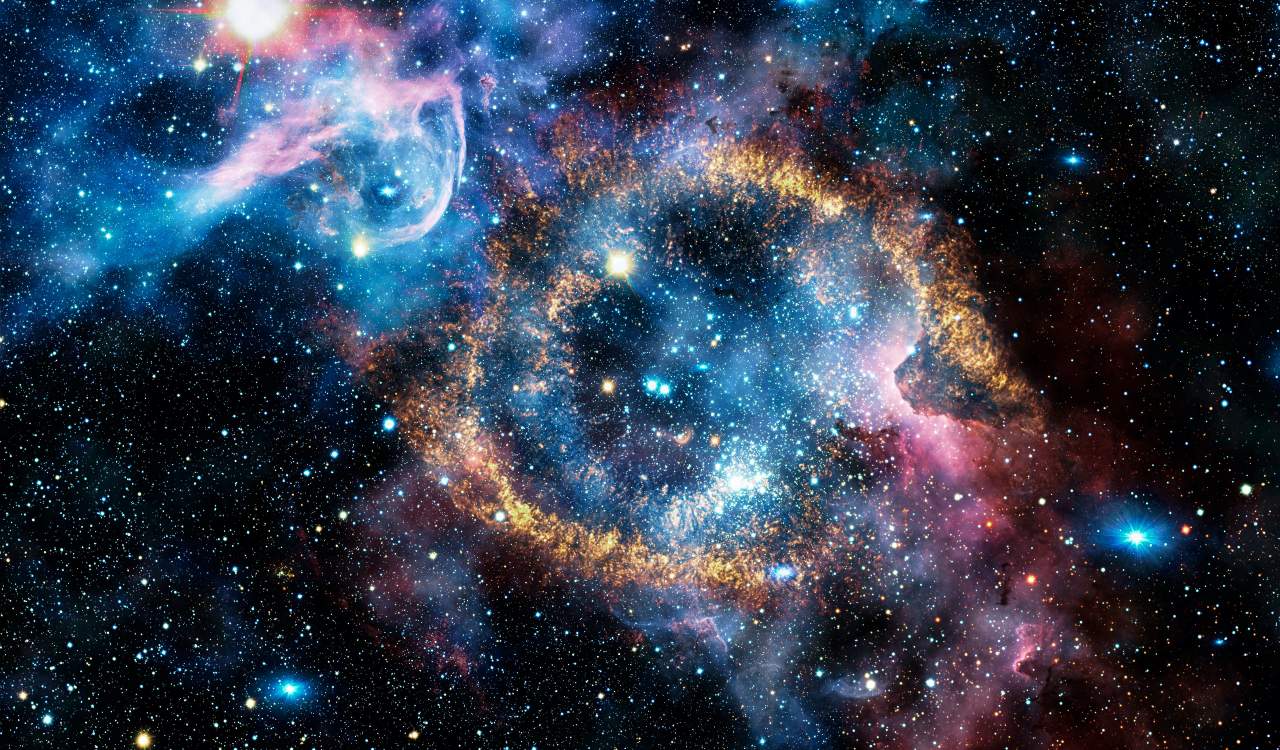
“Big Baby” Galaxies Formed Very Differently Than We Assumed
- Year Discovered: 2021
- Location: Eridanus Constellation
Spitzer yet again managed to come across some old universal content. The telescope found the earliest-forming galaxies ever studied. Light from those galaxies took billions of years to reach Earth. This is cool to see too, as scientists are seeing the galaxies as they were those billions of years ago. Naturally, they are over 13 billion years old, which is about 400 million years after the initial birth of the universe. To be able to see these baby galaxies’ form is incredible for science.
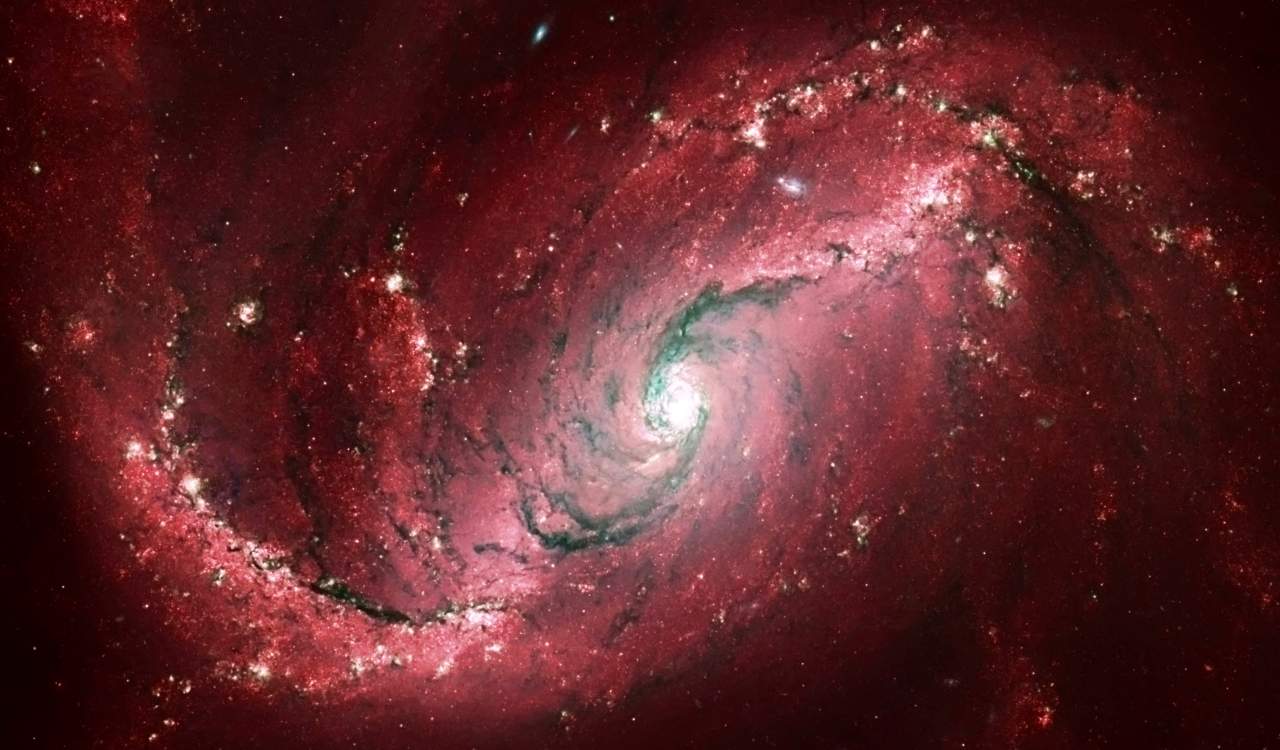
We can see how similar our galaxy is to them. The discovery of the baby galaxies was interesting, as they were far larger and mature than we originally assumed for early-forming galaxies. Most scientists believed that the large, modern galaxies formed via gradual mergers of smaller galaxies. However, these large galaxies formed by a collection of stars that came together very early in history. All of this is amazing, but clearly one of the freakiest things NASA discovered in recent memory.
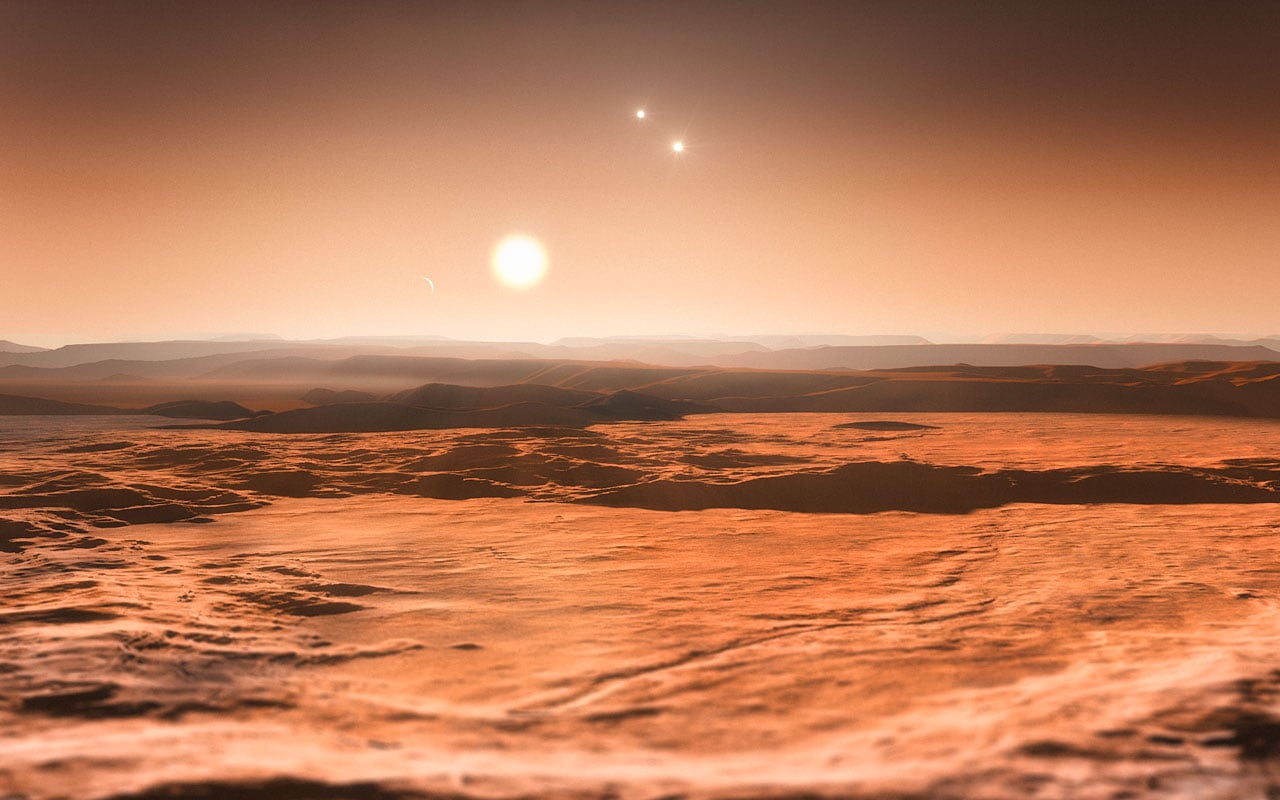
Triple-Star System
- Year Discovered: 2015
- Location: Cygnus Constellation
If you saw the original Star Wars film, and felt the Binary Star System that was on Tattooine was not believable, we now know this is possible. However, we were not aware that one could have three suns. That’s right, there is a triple-star system out there. Known as KIC 2856960, it was discovered by the Kepler Space Observatory. It took around 4 years for the team to study this system. Apparently, the system has one large star and two dwarf stars.
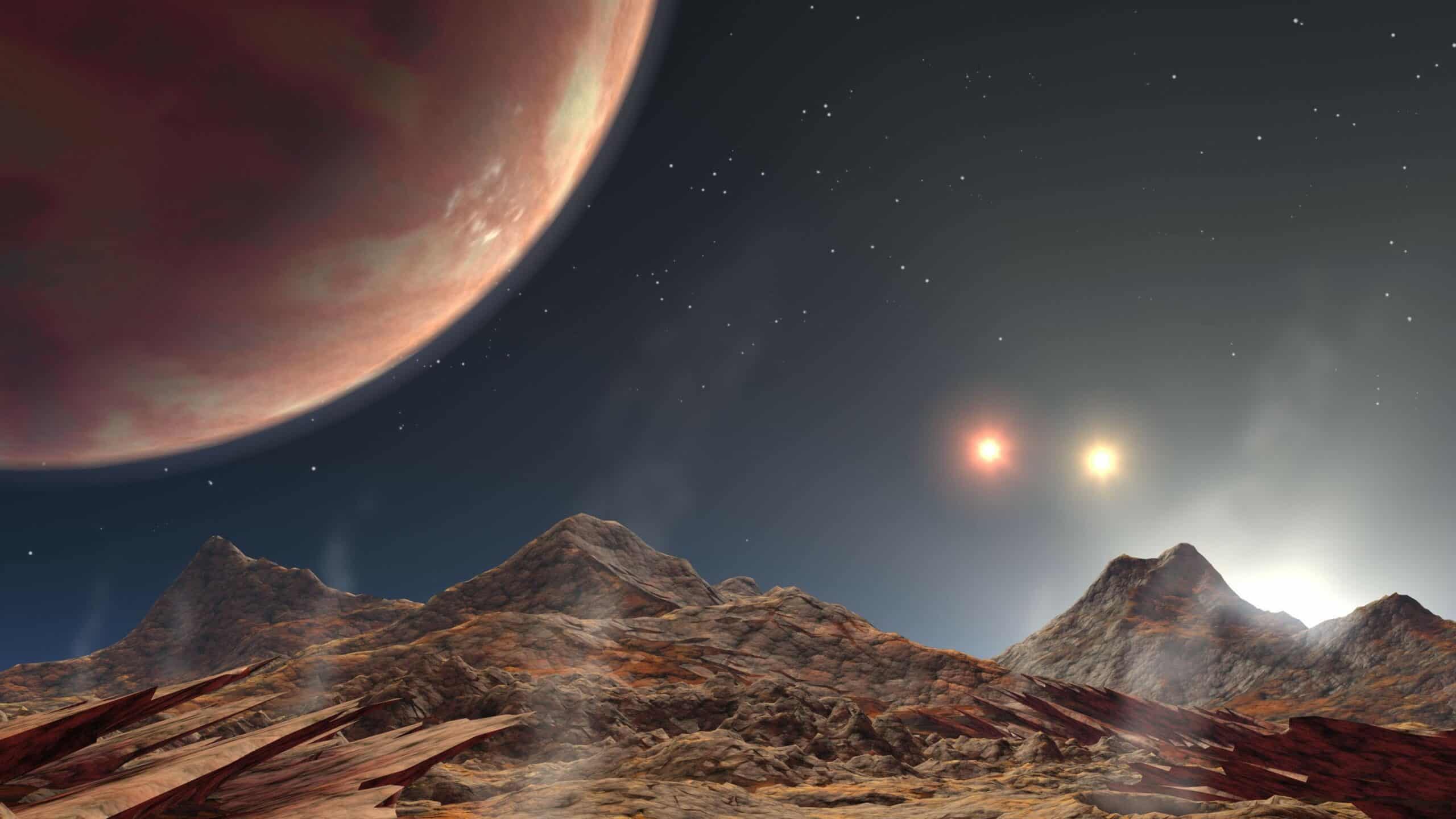
Kepler originally noticed a system with four daily dips of light curves. This happens because each dwarf star crossed by the other every 6 hours. Another dip in light was noticed for 204 consecutive days. That was due to the large star eclipsing. It’s speculated that the large star moved so slowly that the other two stars could not get light through. Some speculate that the way light operates here could indicate that it actually has 4 stars. Clearly, this is one of the freakiest things NASA discovered.
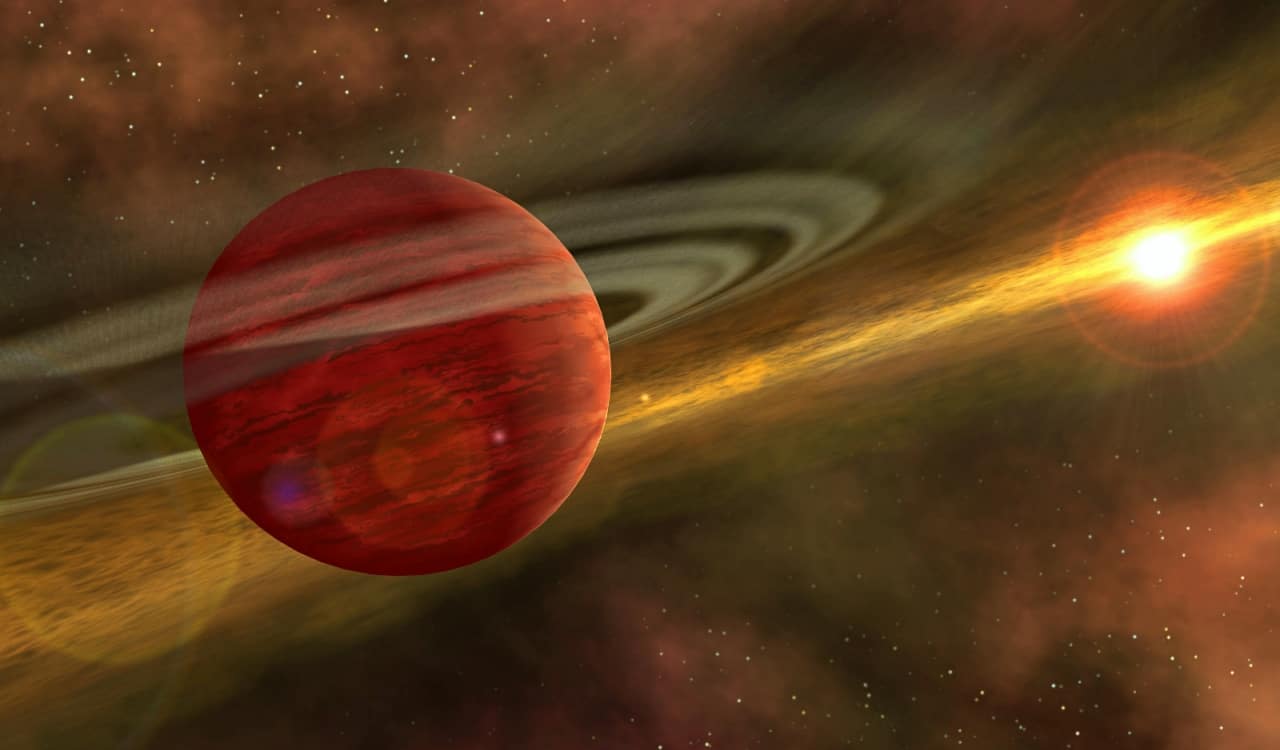
Rogue Planet Drifts Alone Across The Universe
- Year Discovered: 2012 (later confirmed through NASA’s WISE telescope)
- Location: 130 Lightyears From Earth
When the rogue planet known as CFBDSIR2149 was discovered in 2012, the scientific community was astonished. Usually, planets tend to orbit stars. If a planet does not orbit one, it is usually a dead planet that’s likely frozen and/or broken up in parts. However, CFBDSIR2149 is unique. Not only does it not orbit a star, but it’s not some broken apart planet filled with mostly ice. It’s actually around seven times larger than Jupiter.
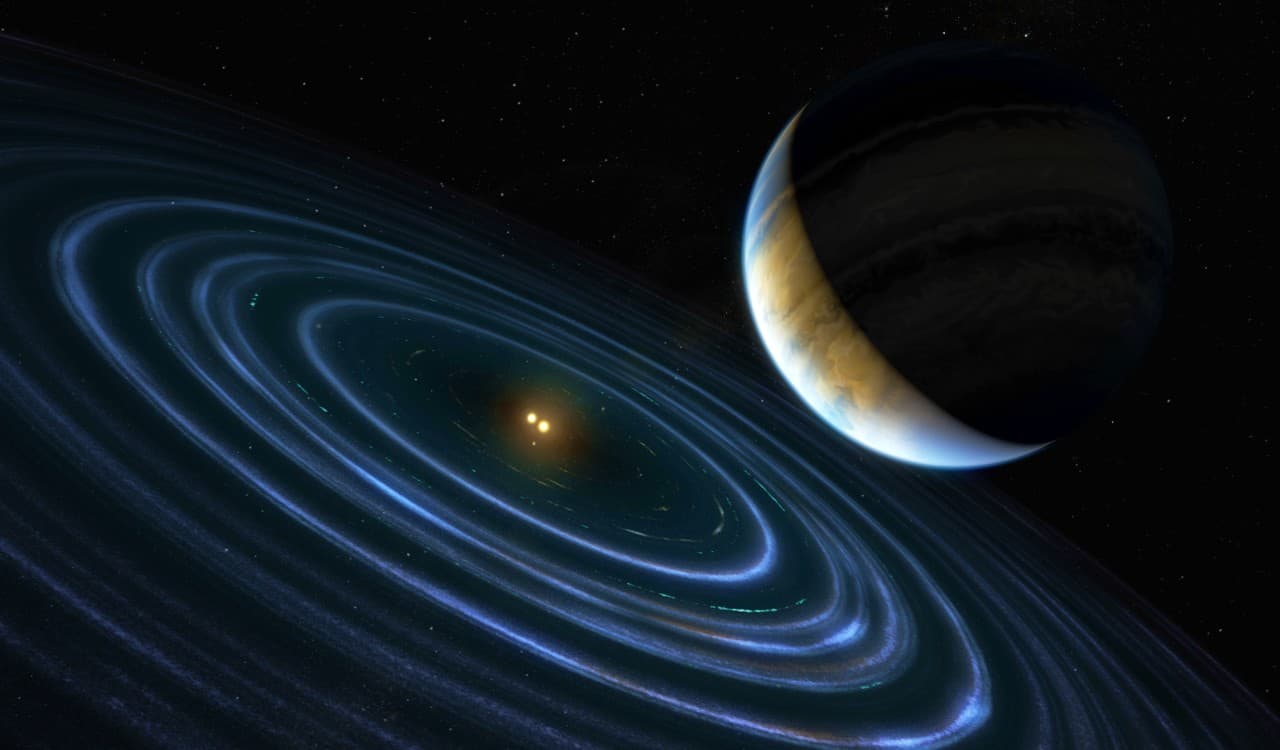
While scientists believe there are many rogue planets out there, possibly even more than those that orbit stars, we simply have not discovered them. This was the first of its kind to be a complete, large planet that just drifts around space. It is speculated that the planet originally came from the AB Doradus star system. The planet is pretty young too, at roughly 50 to 120 million years old. It is now roughly 130 lightyears from Earth, but not expected to come into our star system
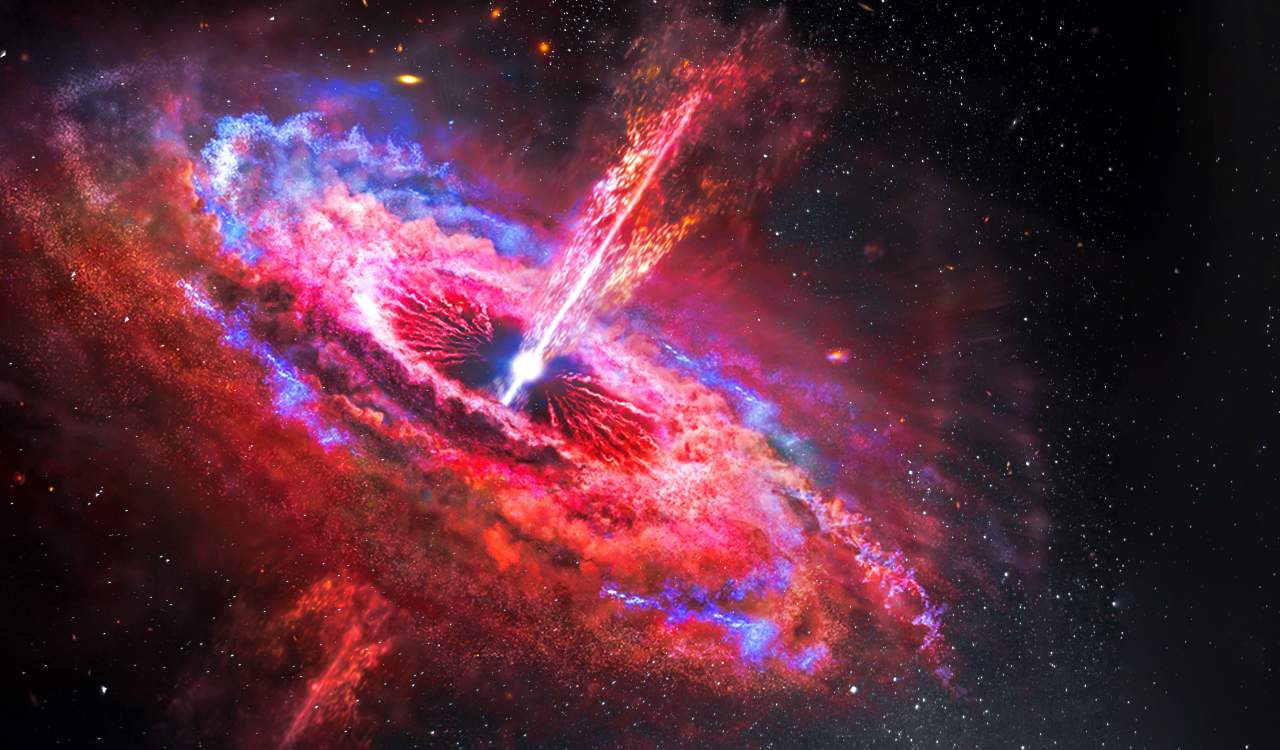
Largest Water Supply In The Universe Sits Around One Black Hole
- Year Discovered: 2011
- Location: Lynx Constellation
If you truly want to know about one of the freakiest things NASA discovered, look no further than the APM 08279+5255 quasar. While water is essential to human life, and most life in general, one black hole seems to be hoarding the largest supply of it in the universe. Quasars are known to be compact objects, appearing a lot like stars with luminosity often equivalent to a star. Yet they are not truly stars and appear to be powered by nearby supermassive black holes.
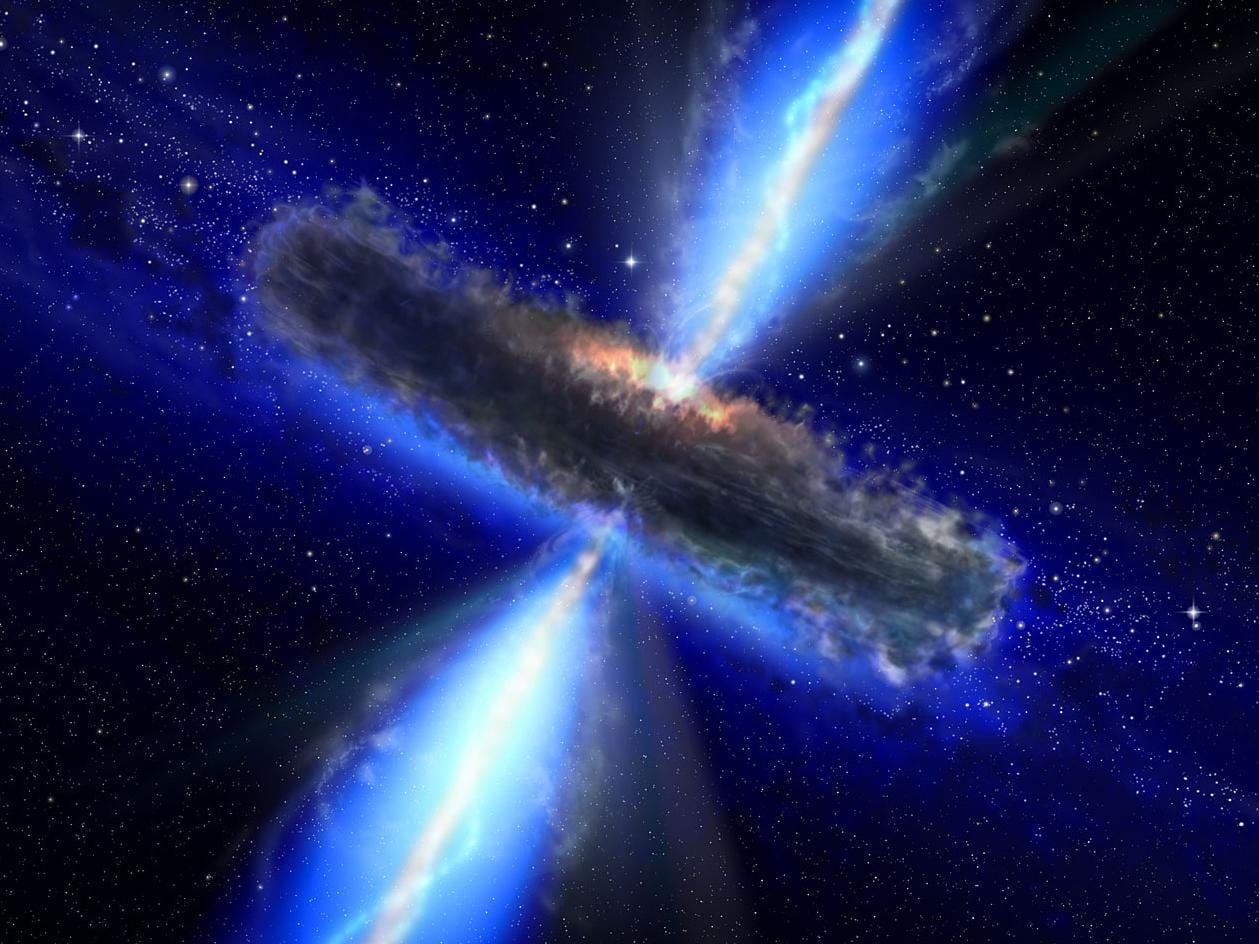
The specific quasar in question, APM 08279+5255, is near a black hole surrounded by a vapor cloud. Inside the cloud is 140 trillion times the amount of water found on the entire Earth. This is the most water found in any one area of the universe. It is 12 billion lightyears away from us. Since light travels to us as a form of previous history and not present-day material, some of this water could be gone now. Scientists assume this cloud formed roughly 1.6 billion years after the universe itself formed.
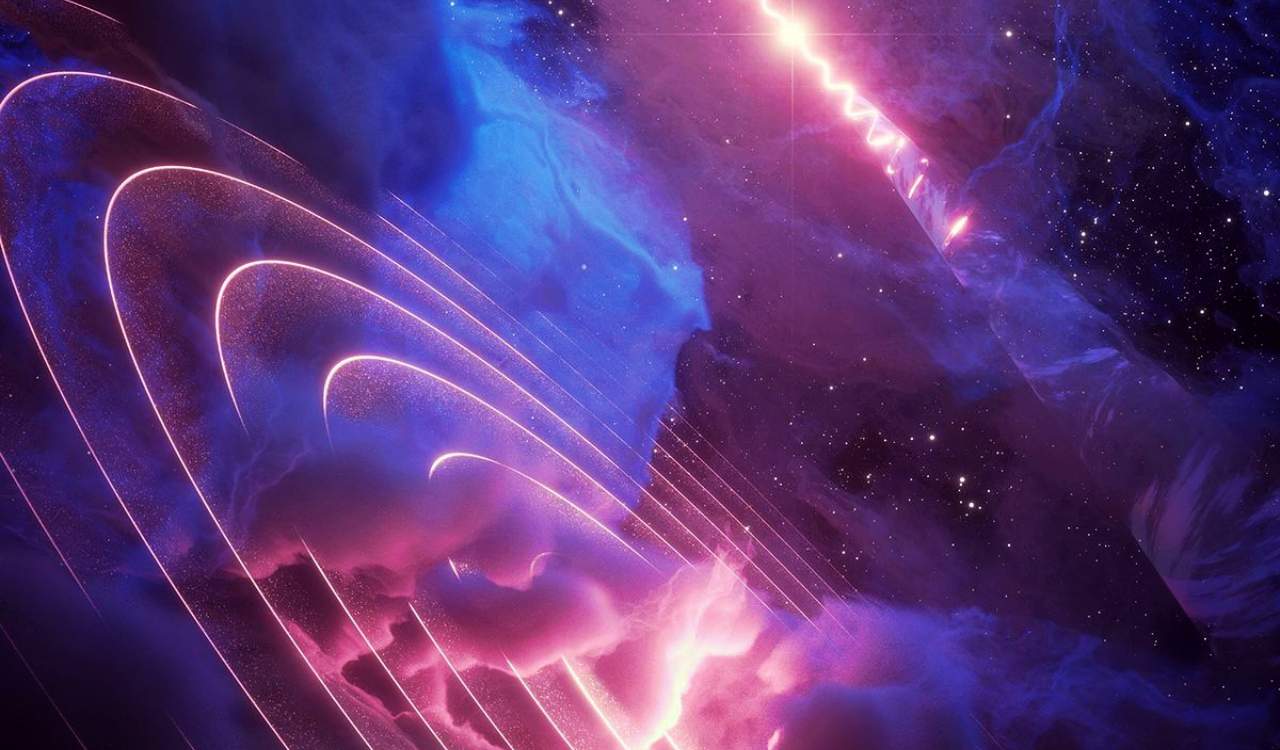
Space Cloud Has A Heartbeat
- Year Discovered: 2020
- Location: Aquila Constellation
Recently, a cosmic gas cloud showed signs of a mysterious heartbeat. Sitting in the Aquila constellation, the cloud somehow connects perfectly with a nearby black hole. This cloud was discovered by both the Arecibo Observatory in Puerto Rico and NASA’s Fermi Gamma-Ray Space Telescope. The team found that the cloud “beats” in rhythm with the small black hole. This black hole, however, is located roughly 100 lightyears from the cloud. The black hole is in a microquasar system called SS 433.
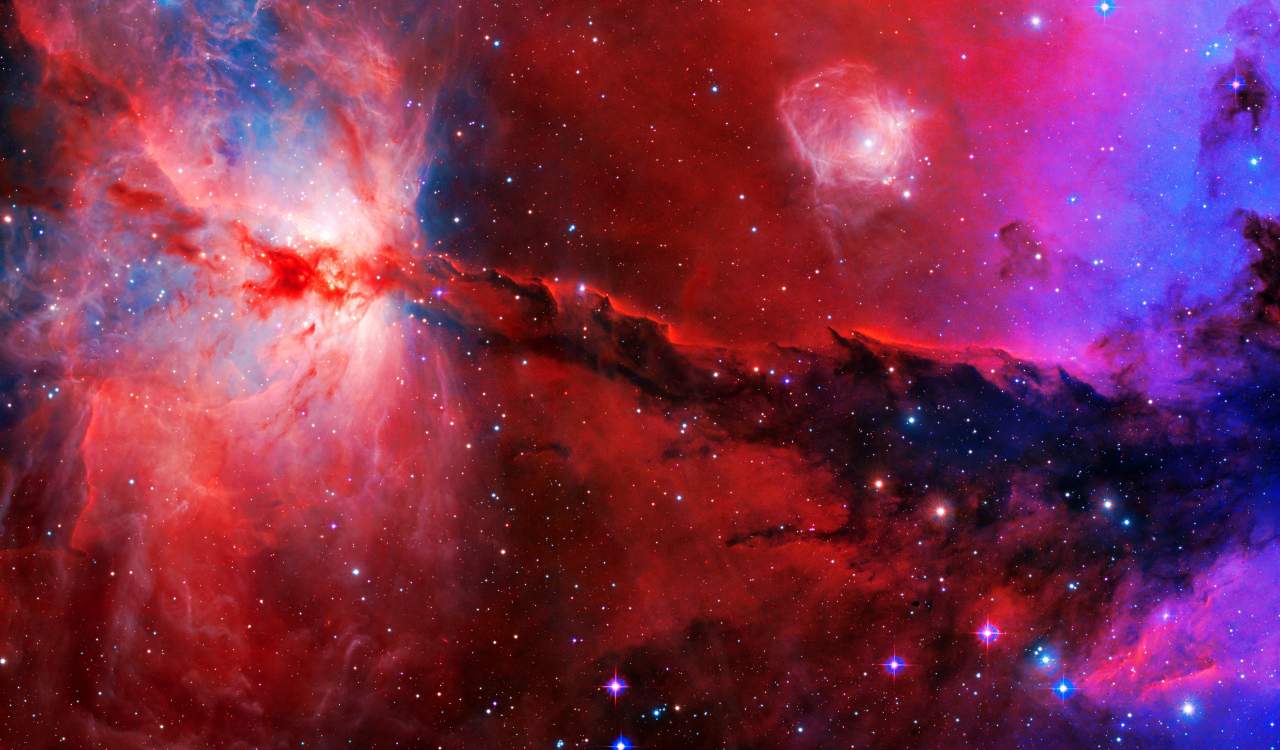
The system also has a giant star, 30 times the size of our Sun. This microquasar eats up a lot of light, and orbits with this large star. As they orbit each other, the black hole pulls in matter from the star, causing an accretion disk around the black hole itself. Part of the matter from this star doesn’t drain into the black hole but shoots out high-speed particles and strong magnetic fields. The particles speed off like a jet, producing x-rays and gamma rays. Giving the quasar and cloud their heartbeat.
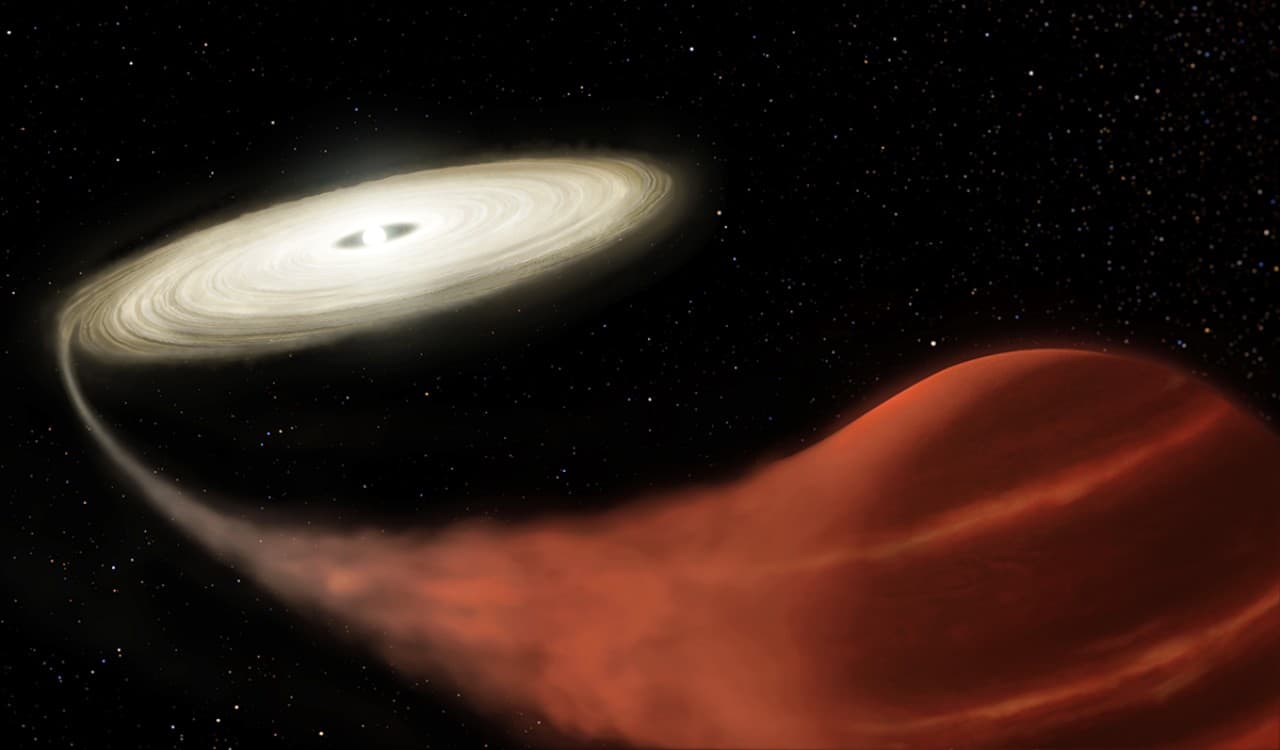
Vampire Stars
- Year Discovered: 1995
- Location: Found Throughout Universe
One of the freakiest things NASA discovered is certainly the existence of vampire stars. They get their name honestly, as one star manages to suck the energy away from another. Usually, this involves a binary star system where usually one white dwarf star is primary and a second mass transferring star is secondary. The stars are incredibly close to one another, causing gravity from the white dwarf to distort the secondary star. The white dwarf is accreting matter from its companion.

This companion star is often called a “donor star” as it’s giving itself to the white dwarf. The infalling matter is rich in hydrogen too, only helping the dwarf star’s energy. An accretion disk is formed, where strong UV and X-Ray emissions are present. The companion star eventually loses gravitational energy. Usually, the white dwarf gets what it needs, but it can suck up too much from its companion and reach a Type Ia supernova. This is all so vampire-like that it’s scary.
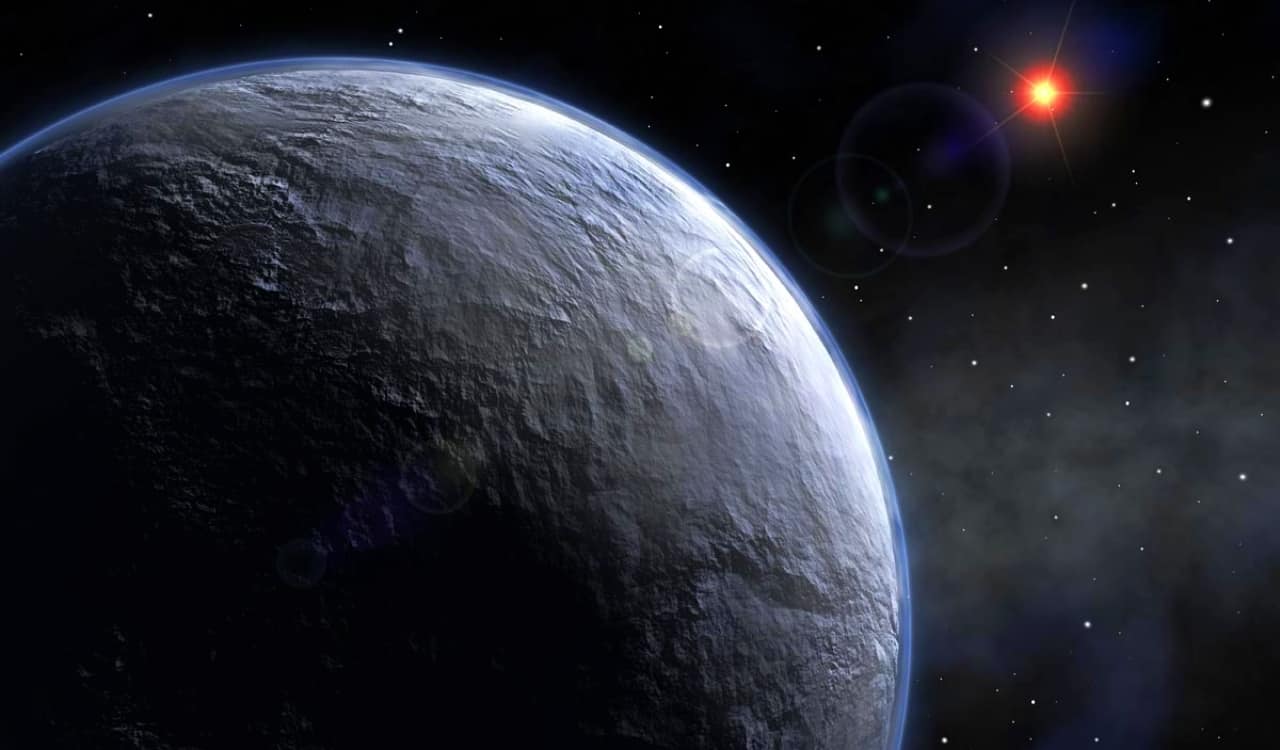
Planet Made Completely Of Ice Is On Fire
- Year Discovered: 2013
- Location: Gliese 436 Star System, Leo Constellation
Have you ever put your hand under super-hot water and your hand originally was cold until you experienced the burn? What about a warm feeling before touching something bitterly cold? This is not just something humans experience, as it can (sort of) happen to planets too. The Gliese 436b planet is certainly a paradox for astronomers. This exoplanet is almost exclusively made from ice. Yet somehow, it is also on fire.
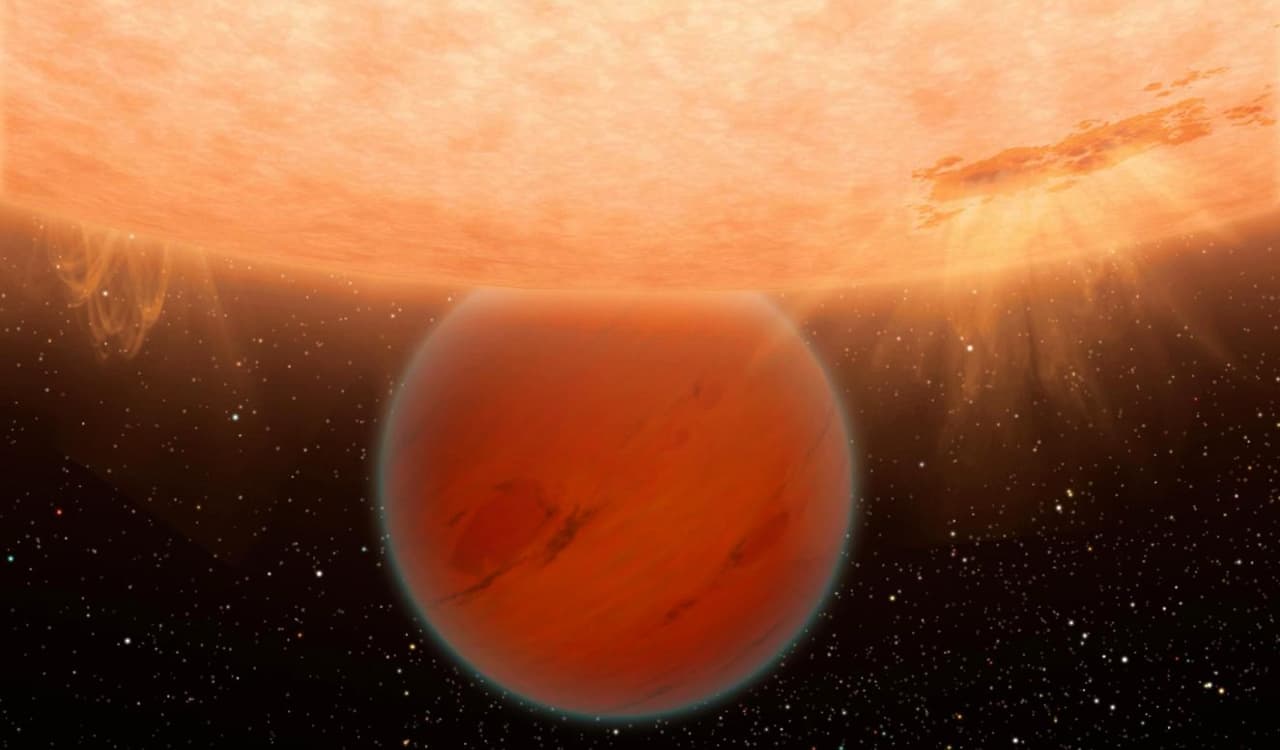
On the surface of the planet, the temperature reaches 822 degrees Fahrenheit (439 degrees Celsius). In spite of this, the planet maintains its icy landscape, remaining completely frozen. How does it accomplish this? At first, scientists did not know but eventually, they found that the immense gravitational force exerted by the planet’s core was the cause. This force makes ice much denser, allowing it to handle high levels of heat. It even compresses water vapor that might normally evaporate.
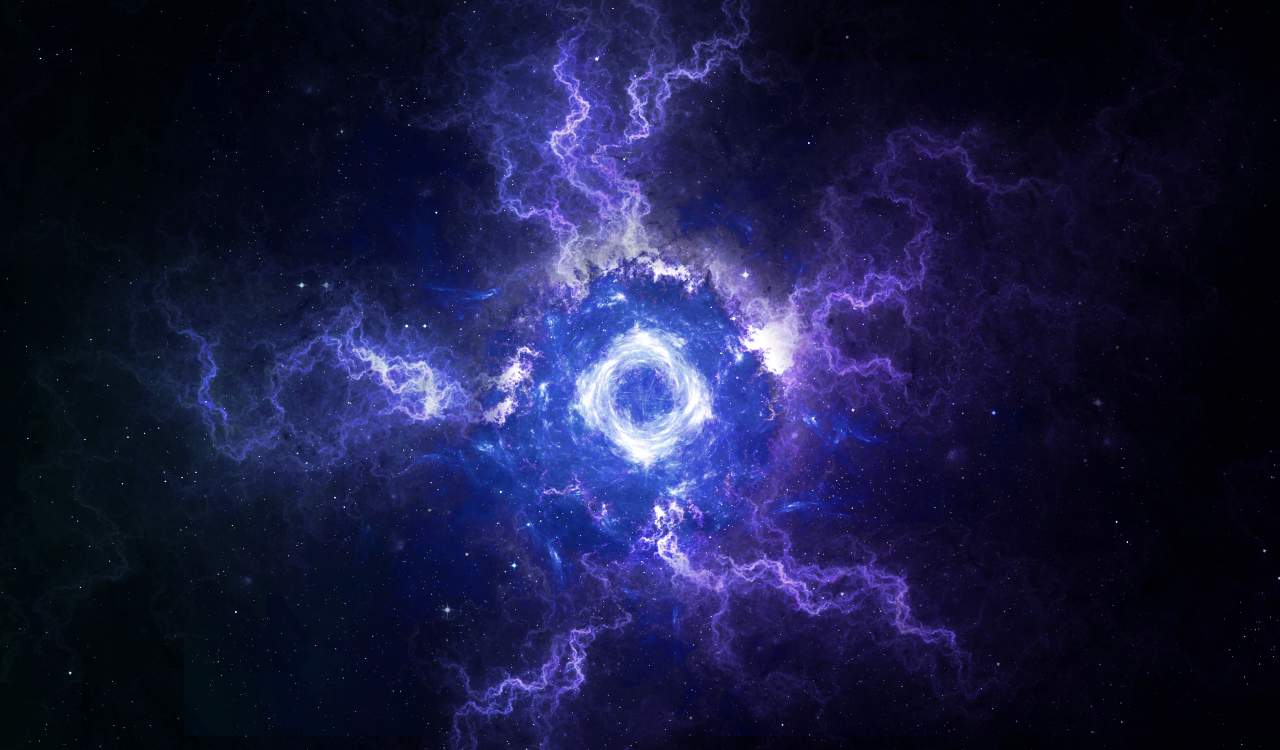
White Holes
- Year Discovered: 2006 (assumed)
- Location: Universal
We all know by now that black holes suck up everything around them. While it might appear to those watching that something is moving into the black hole at a snail-slow pace, it is long gone. This is quite interesting because as a black hole absorbs things, most assume it can only absorb so much before it must spit stuff out. This is why many assumed for years that black holes might open up elsewhere. The proposal that something like this had to be the case comes from Igor Novikov.

In 1964, the Russian Physicist used Einstein’s field equations to come to his conclusion. He coined the “white hole” theory, which proposed that, unlike a black hole that uses gravity to suck things up, white holes use gravity to push things away. Which made many assume that the white hole spits out things a black hole absorbed. NASA has come across things that appeared like white holes. While they might not operate exactly as we assumed, it appears to be at least possible.
